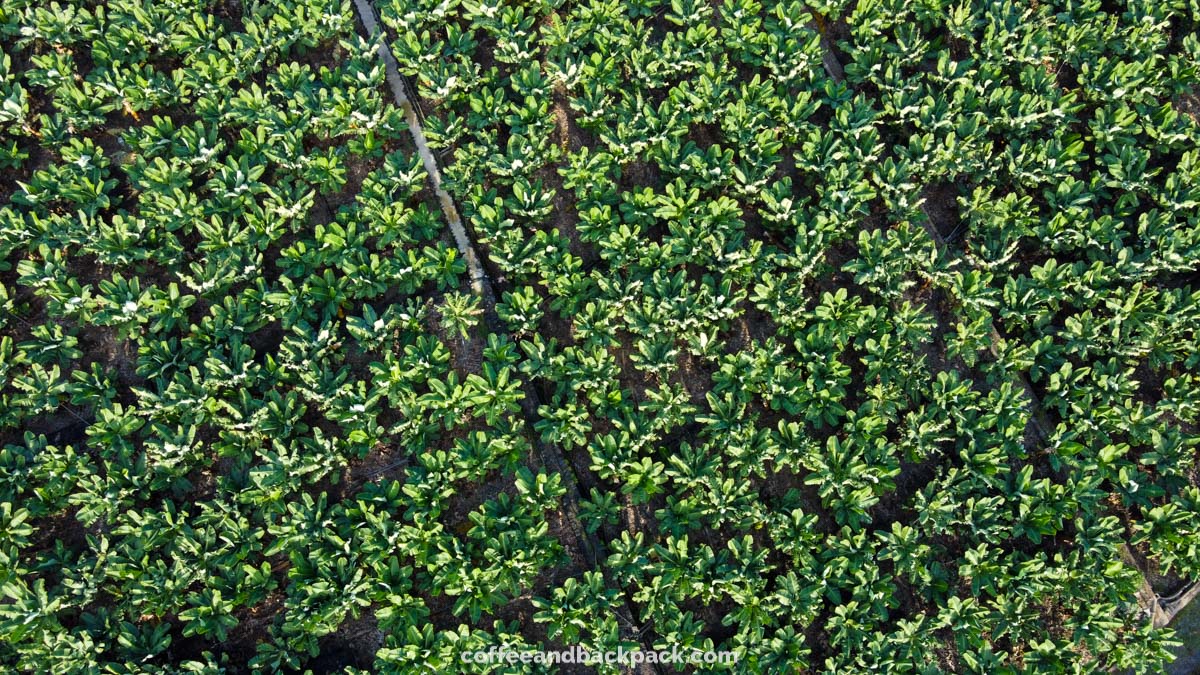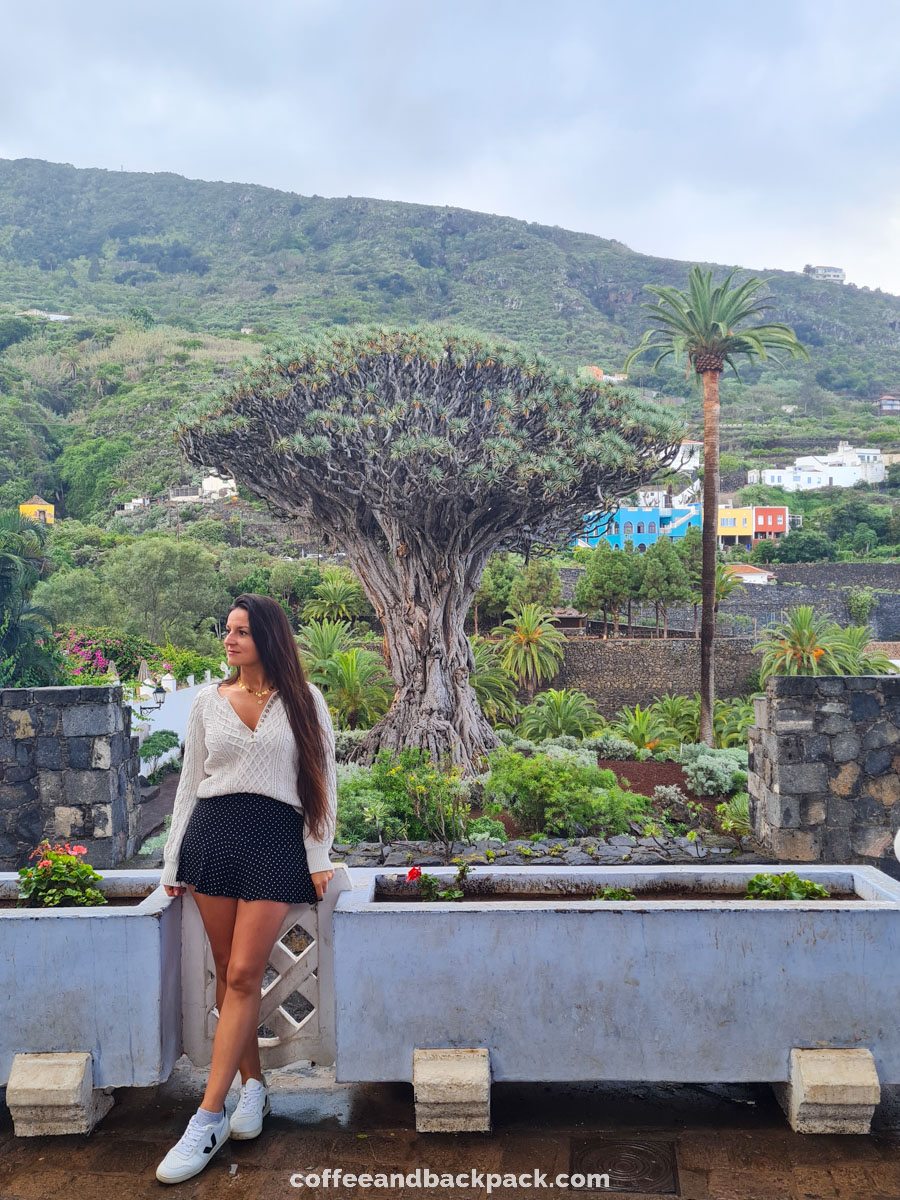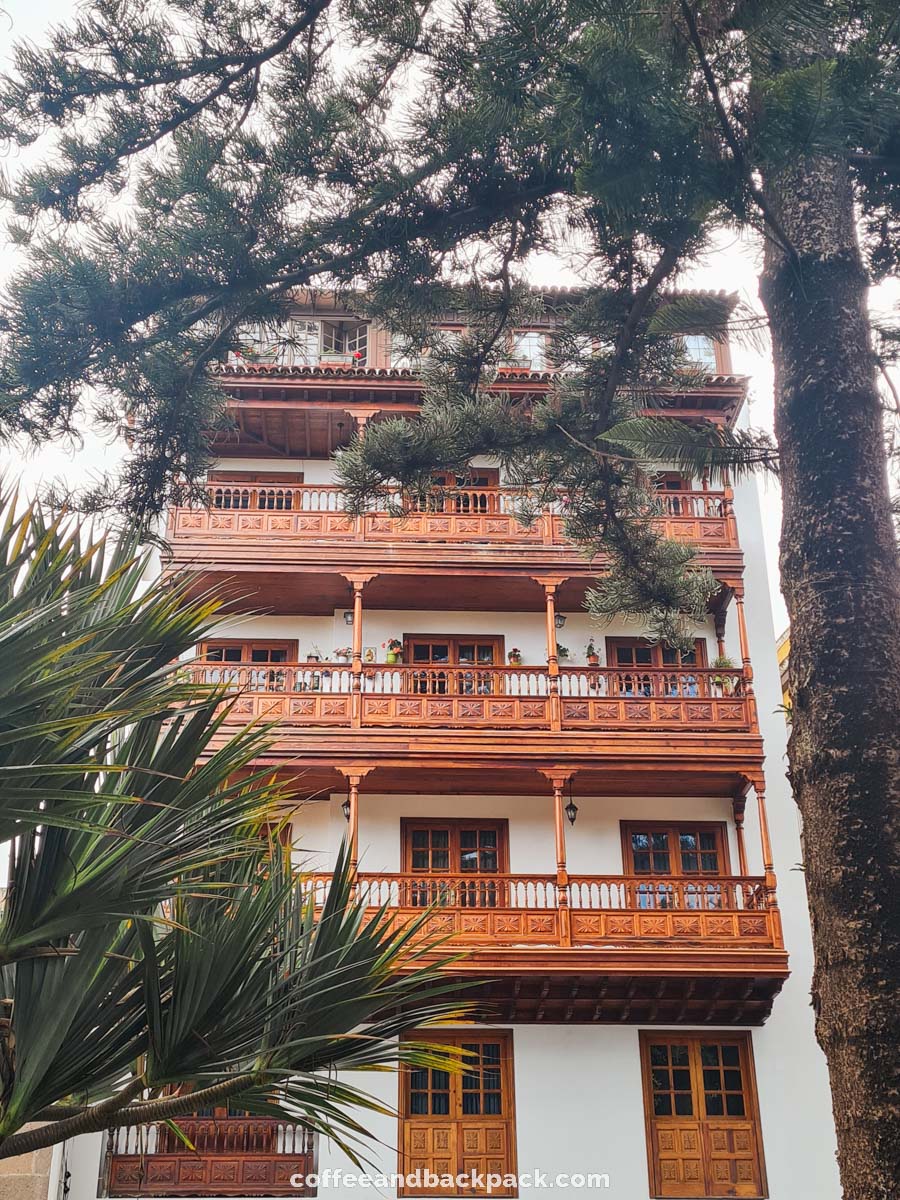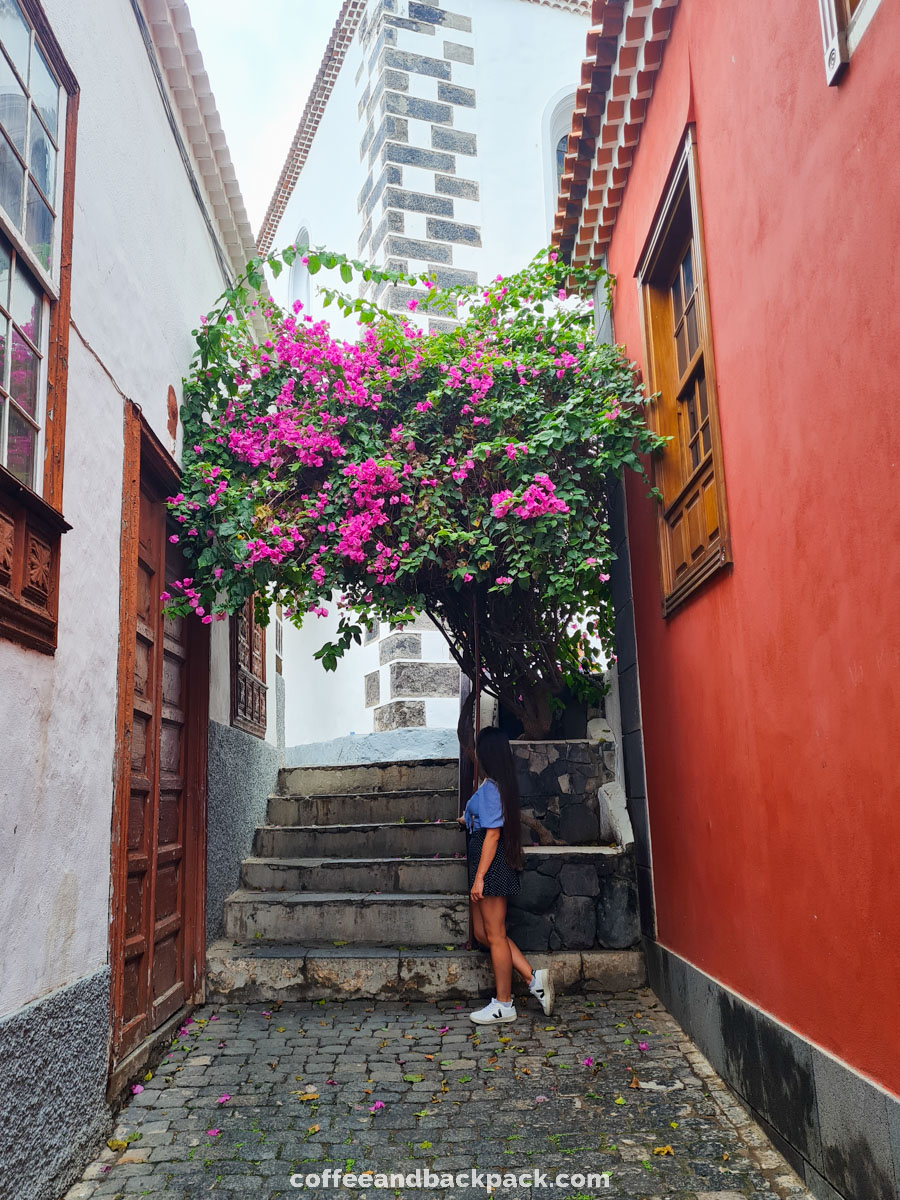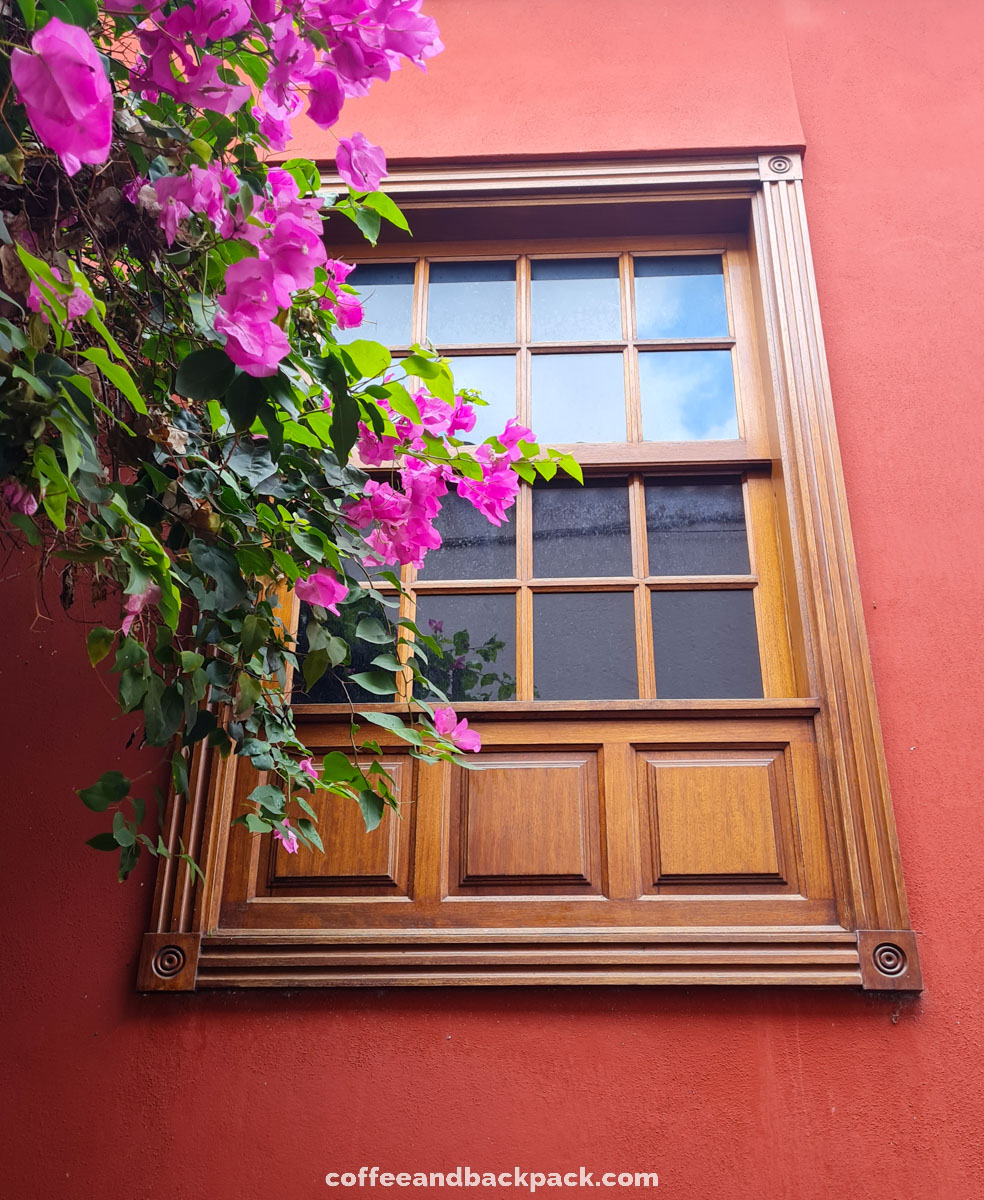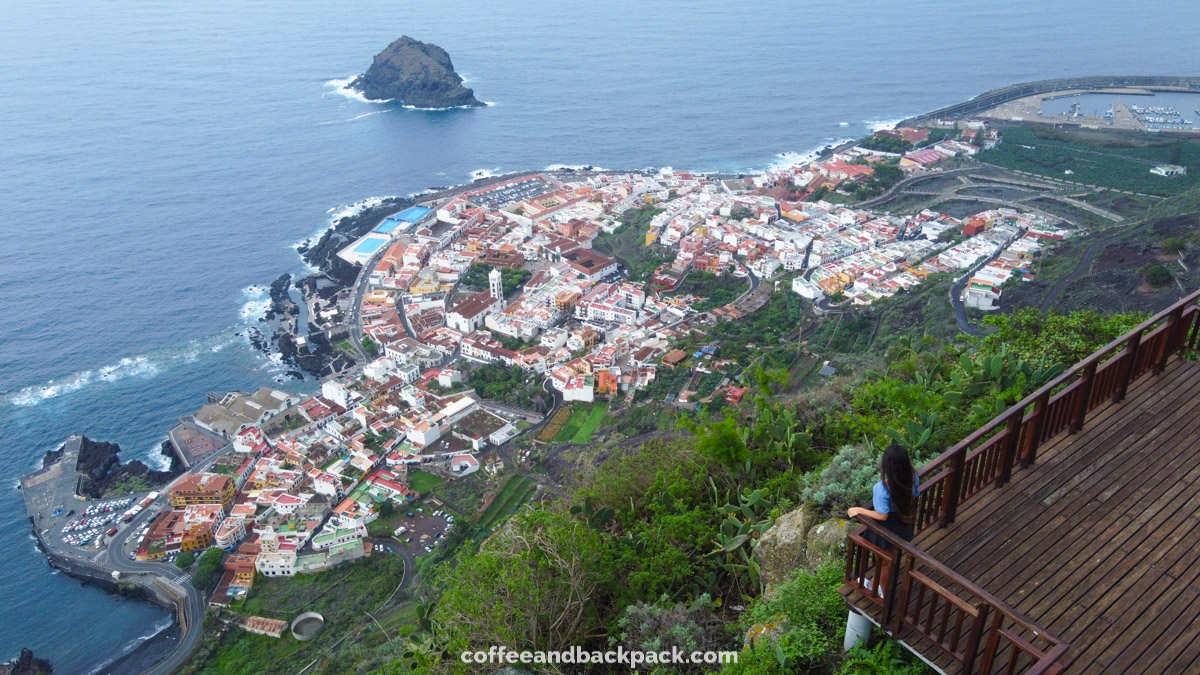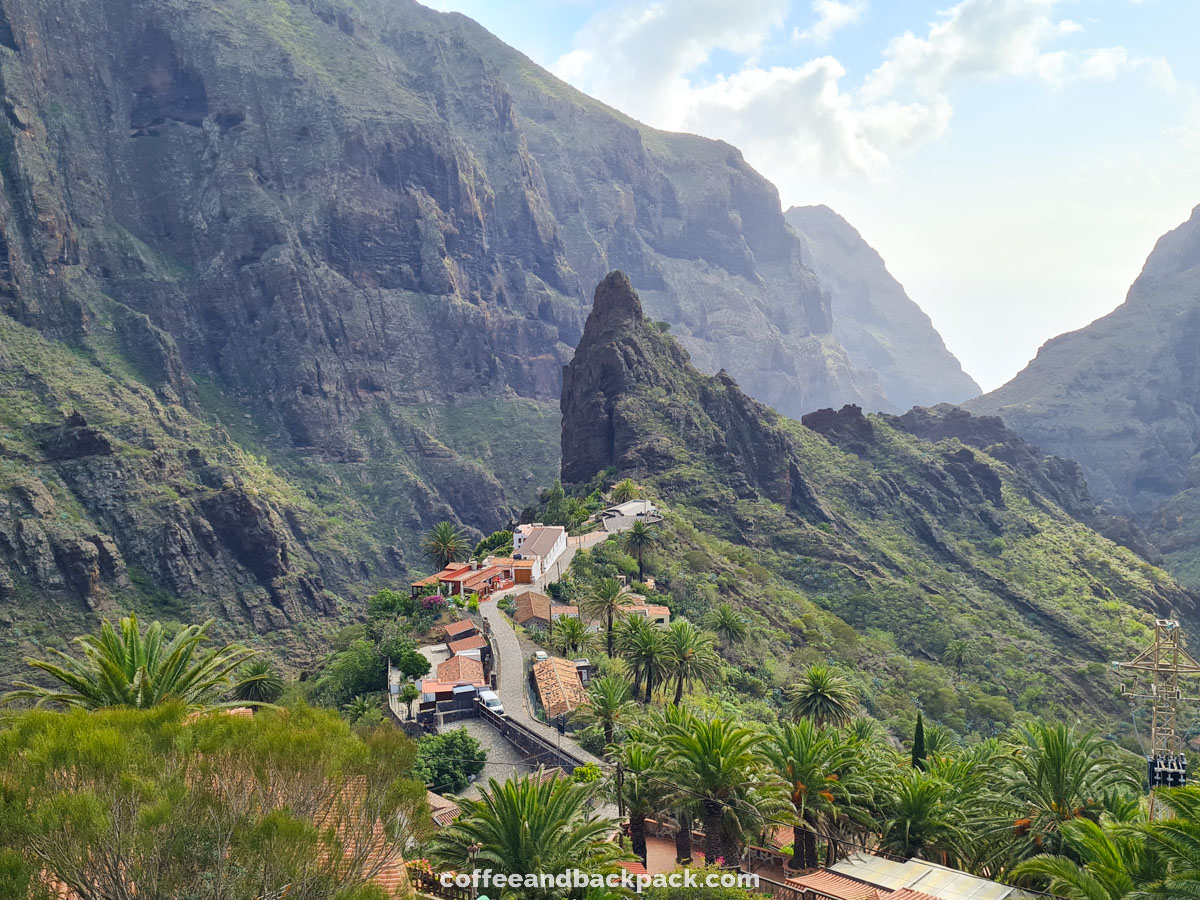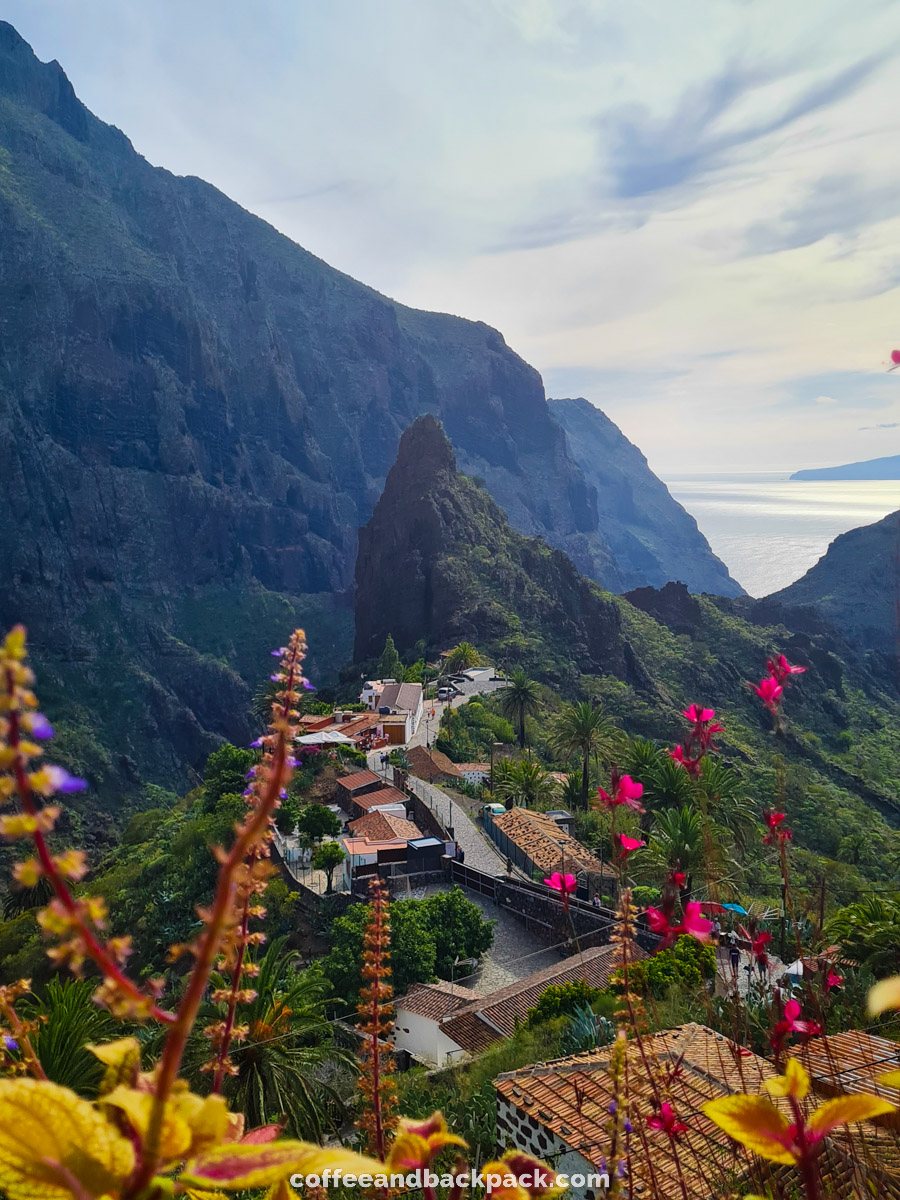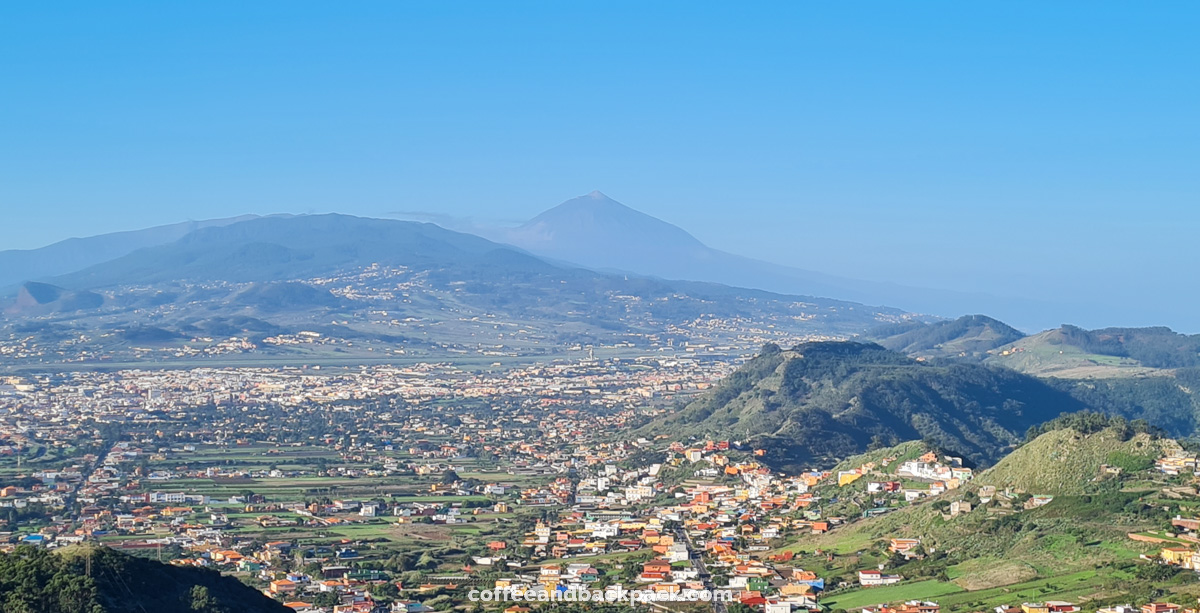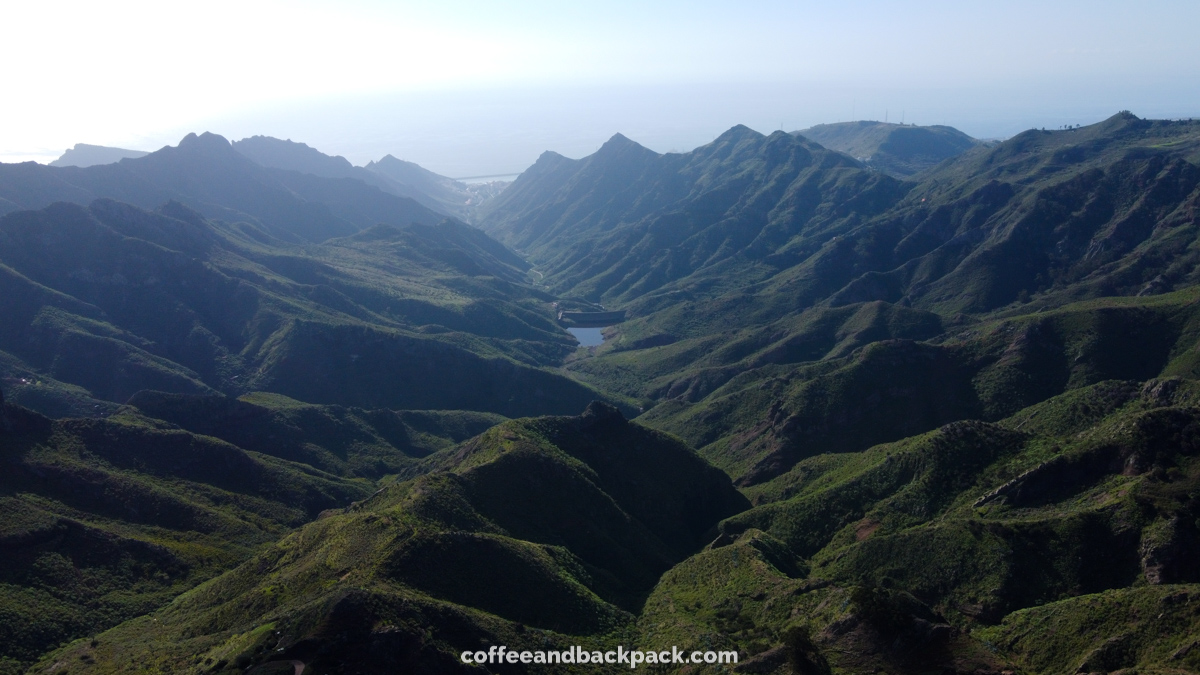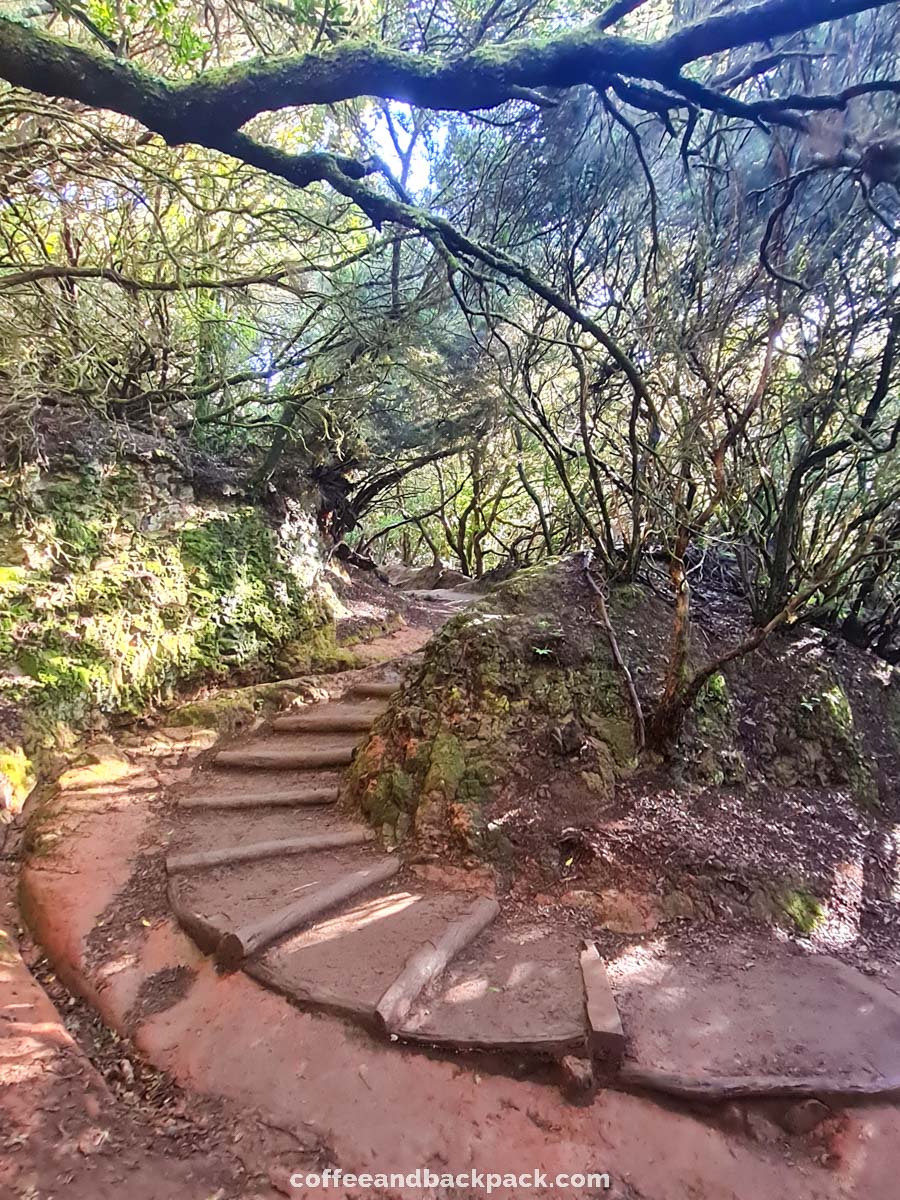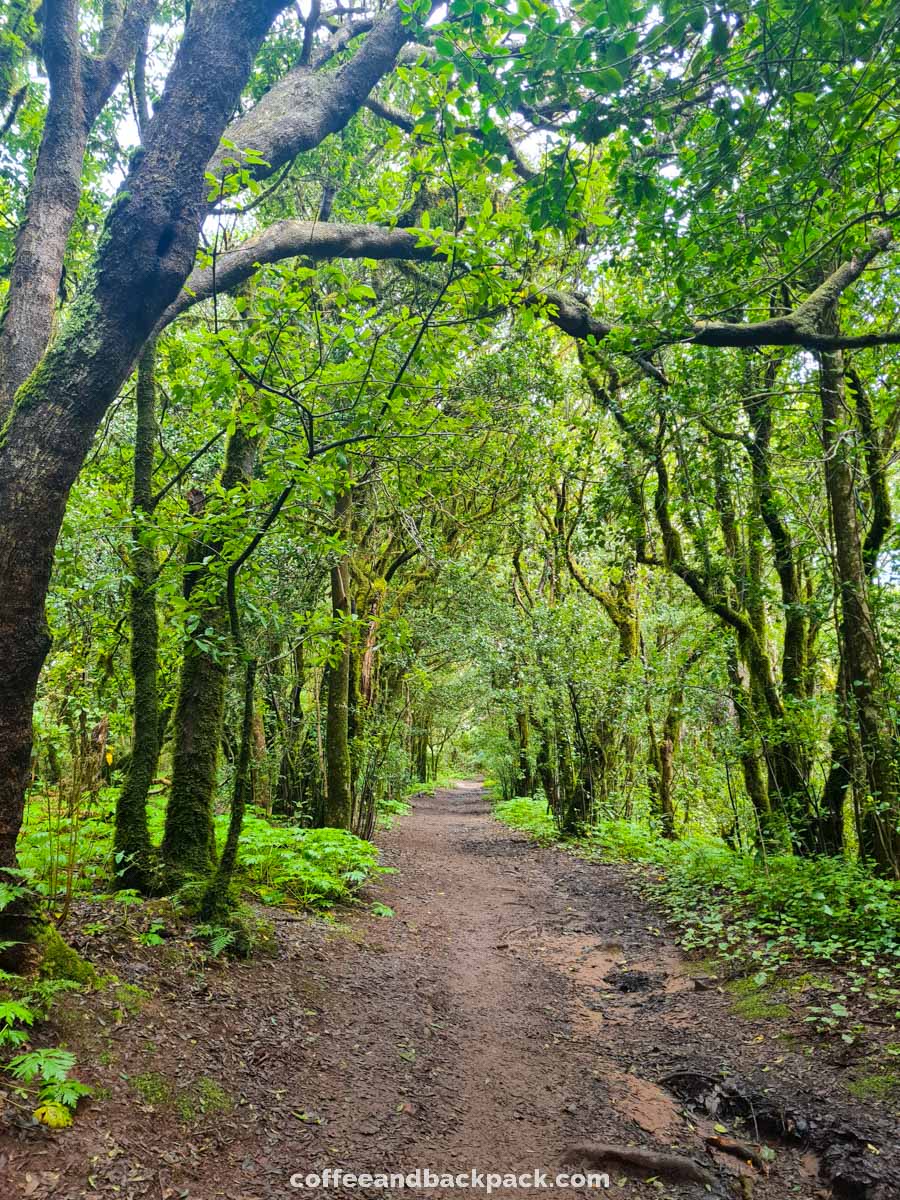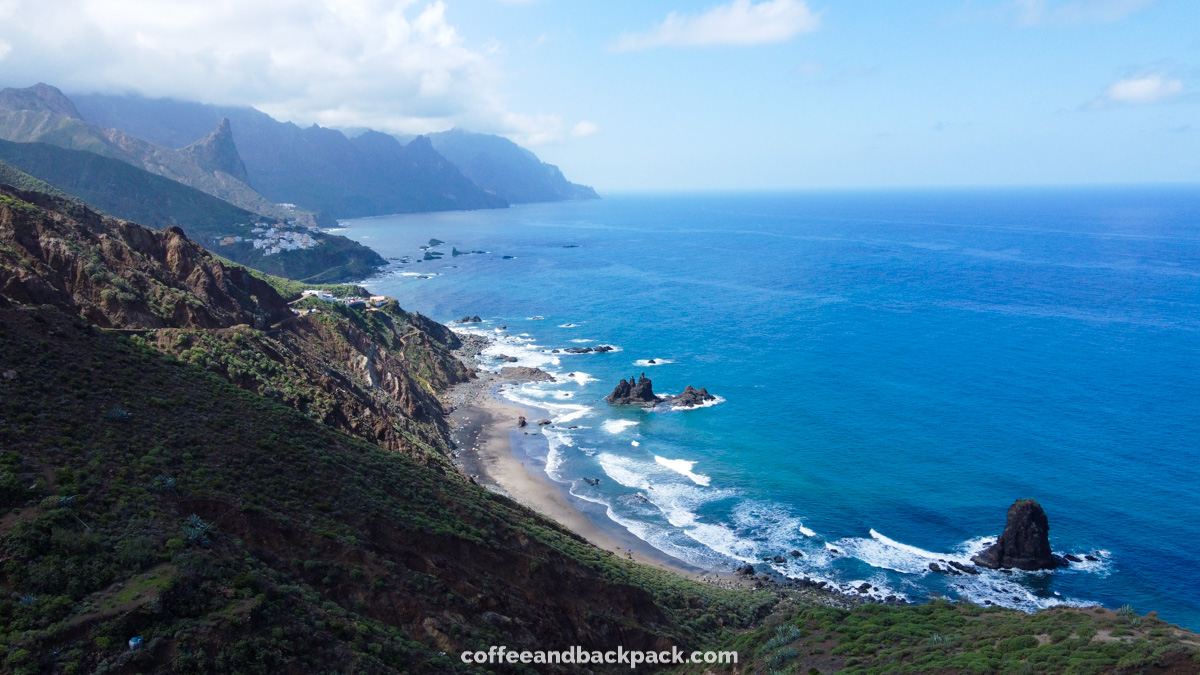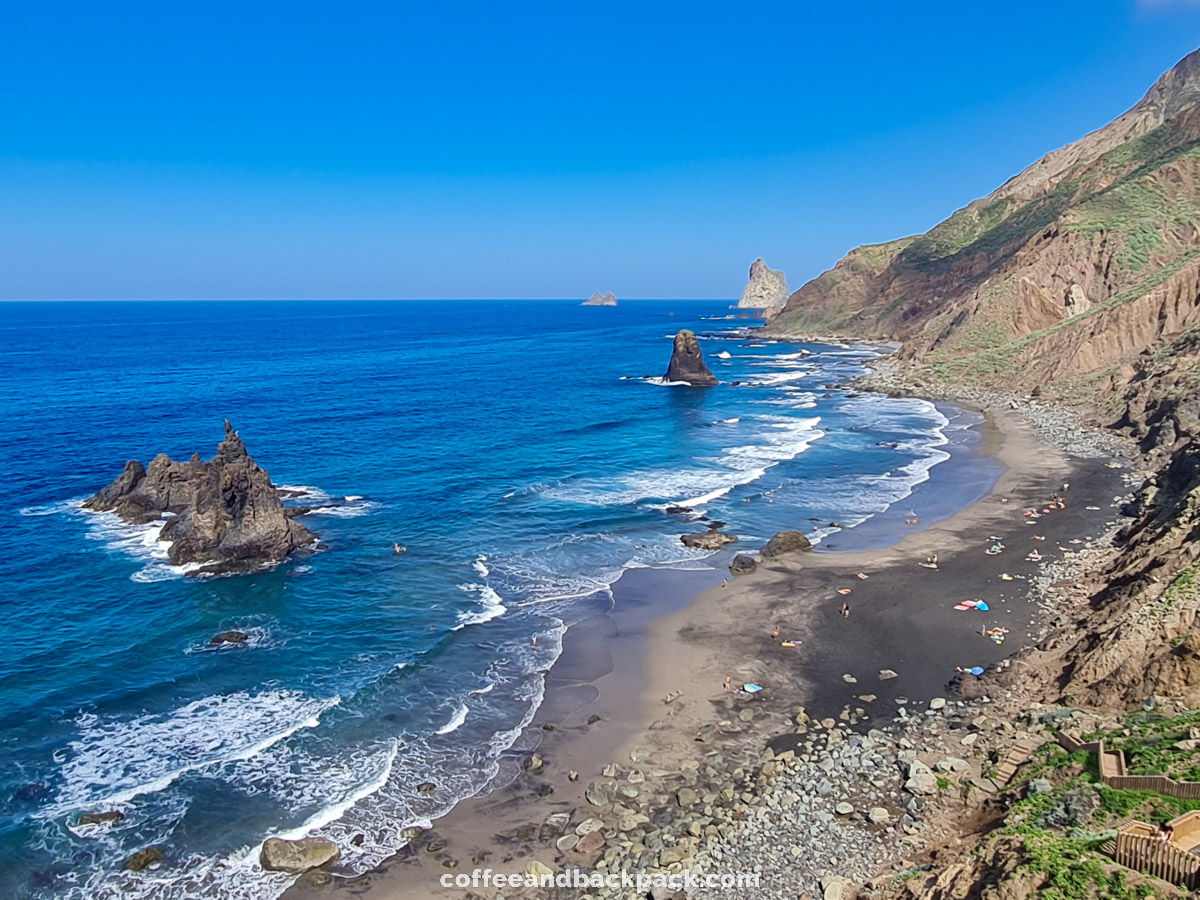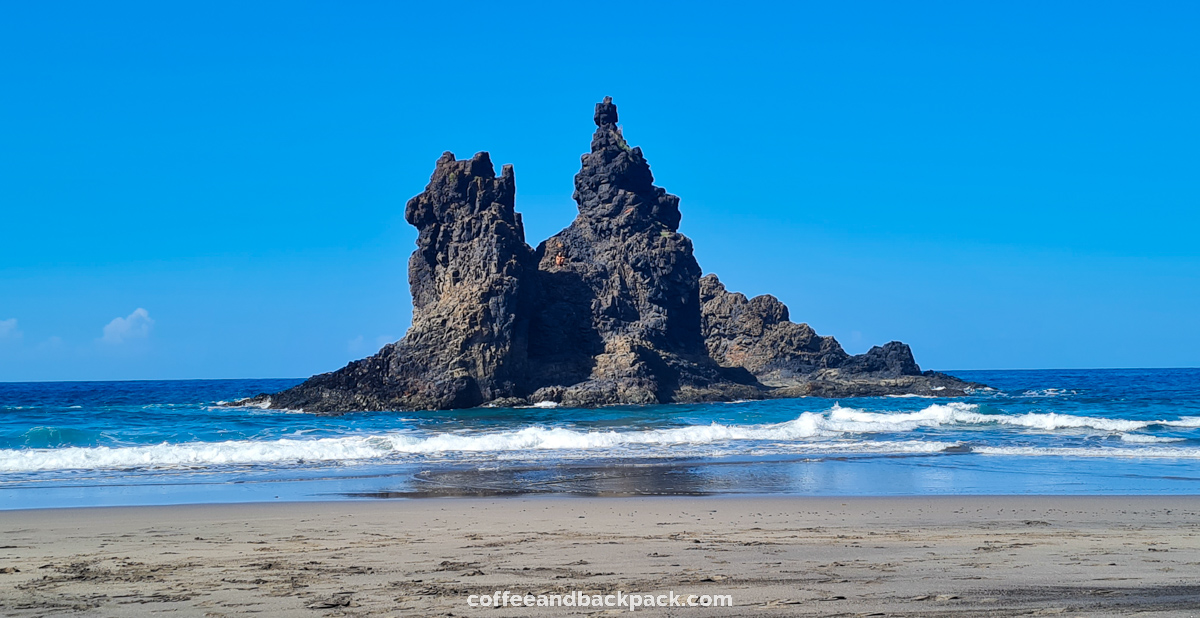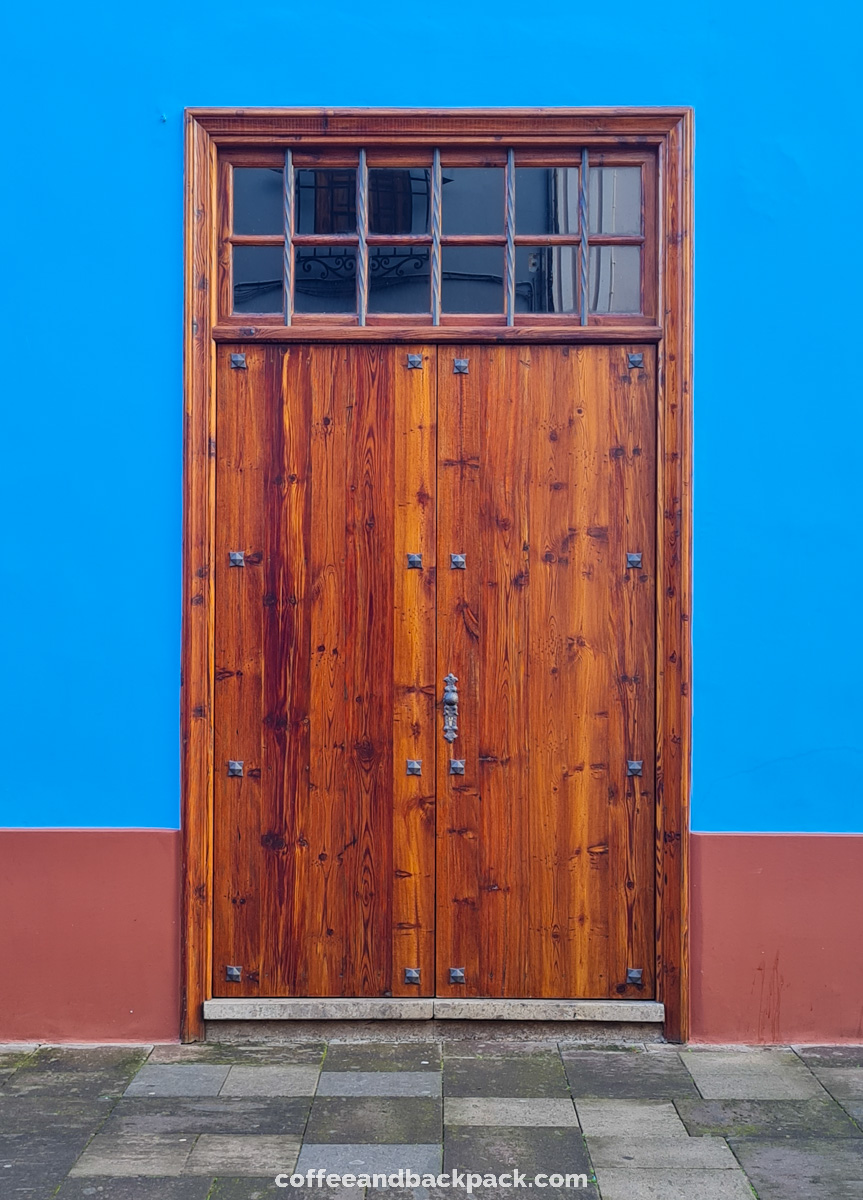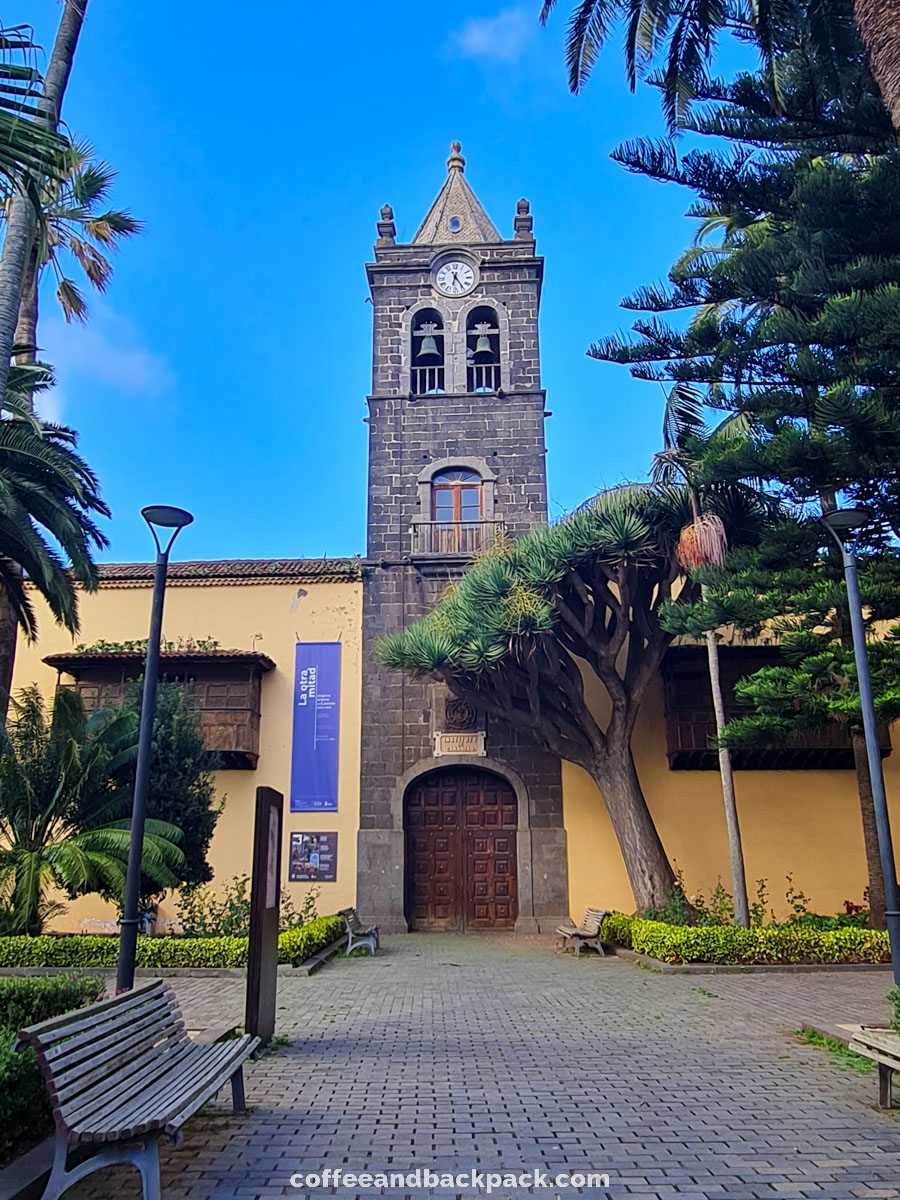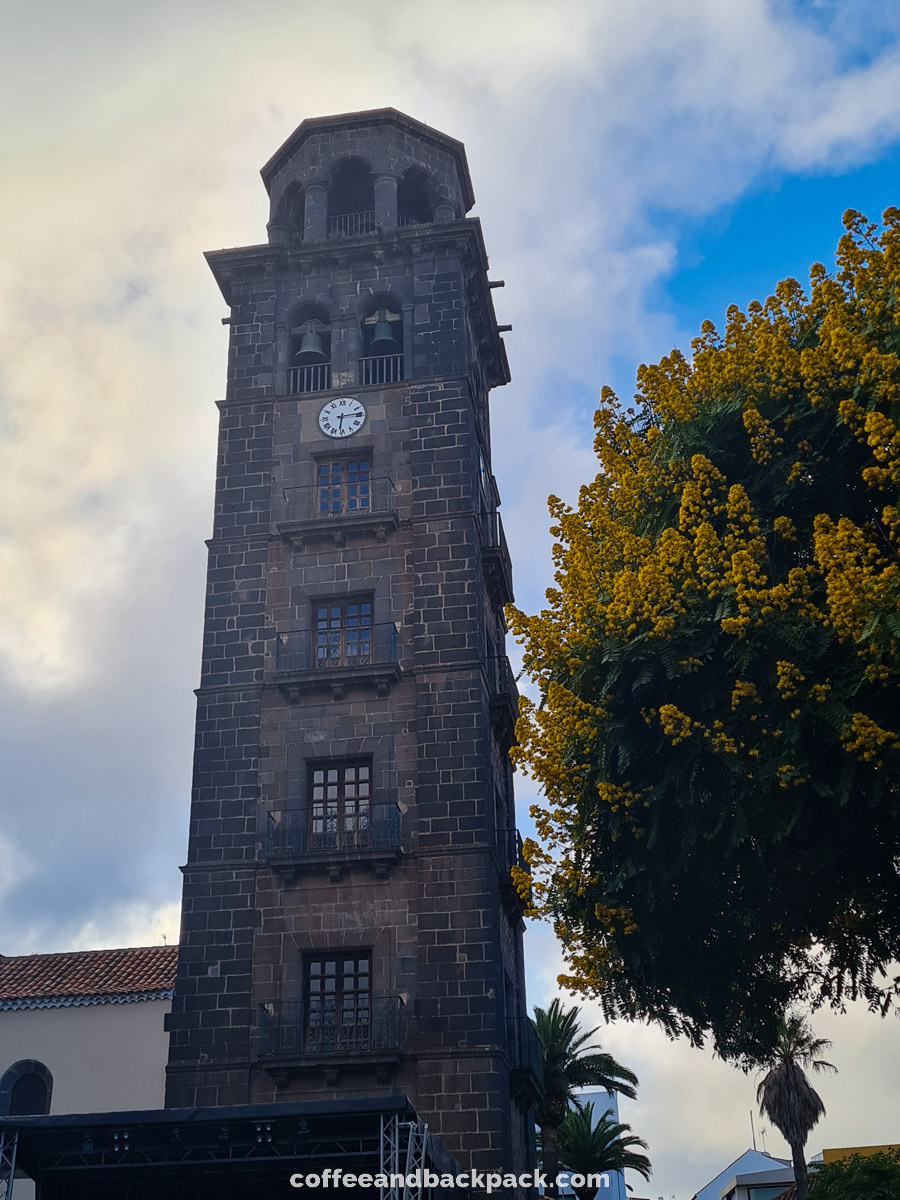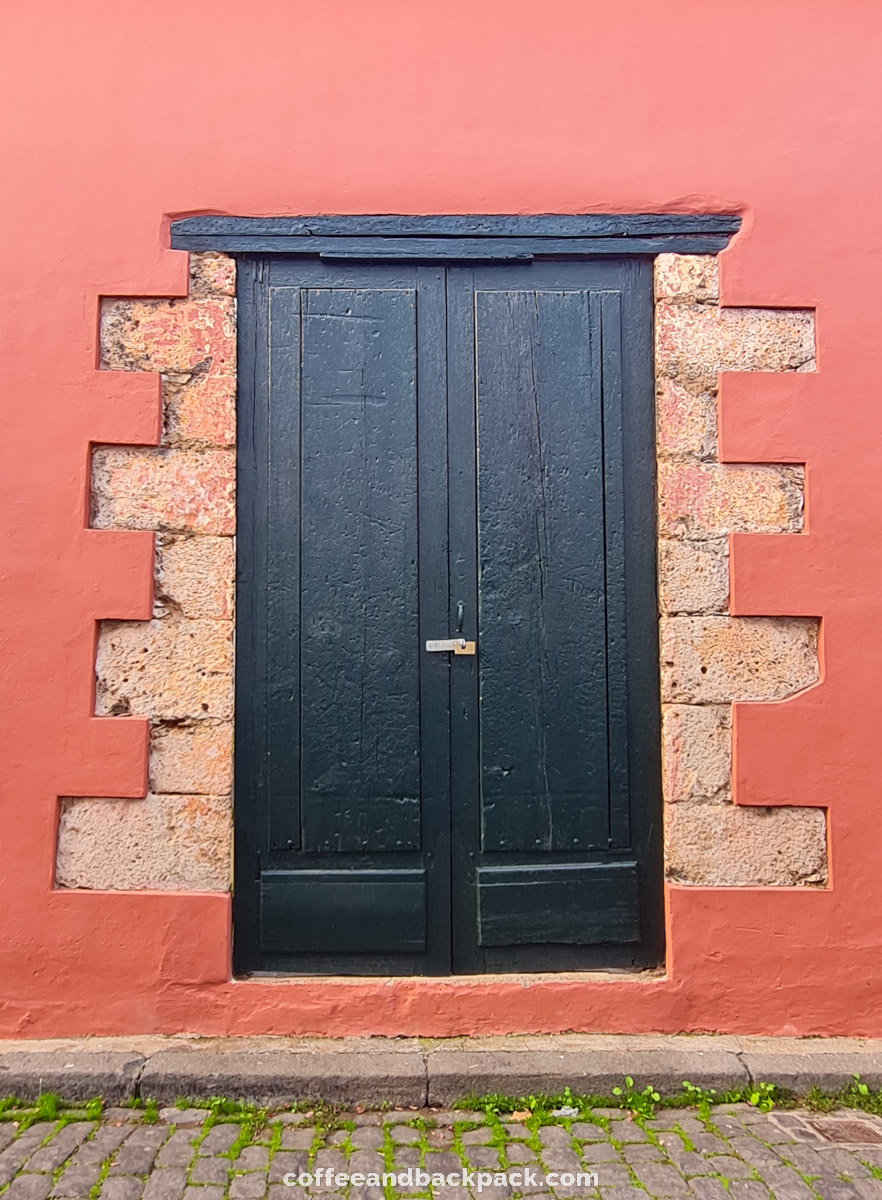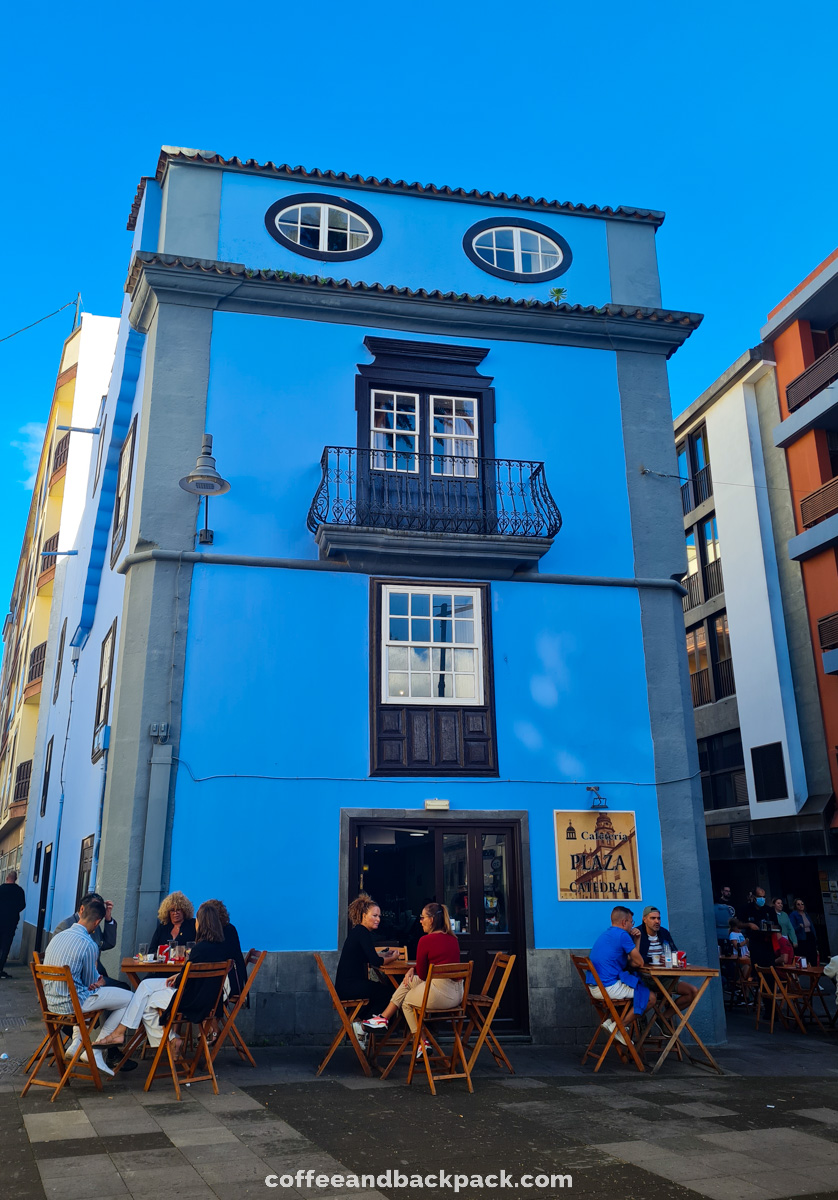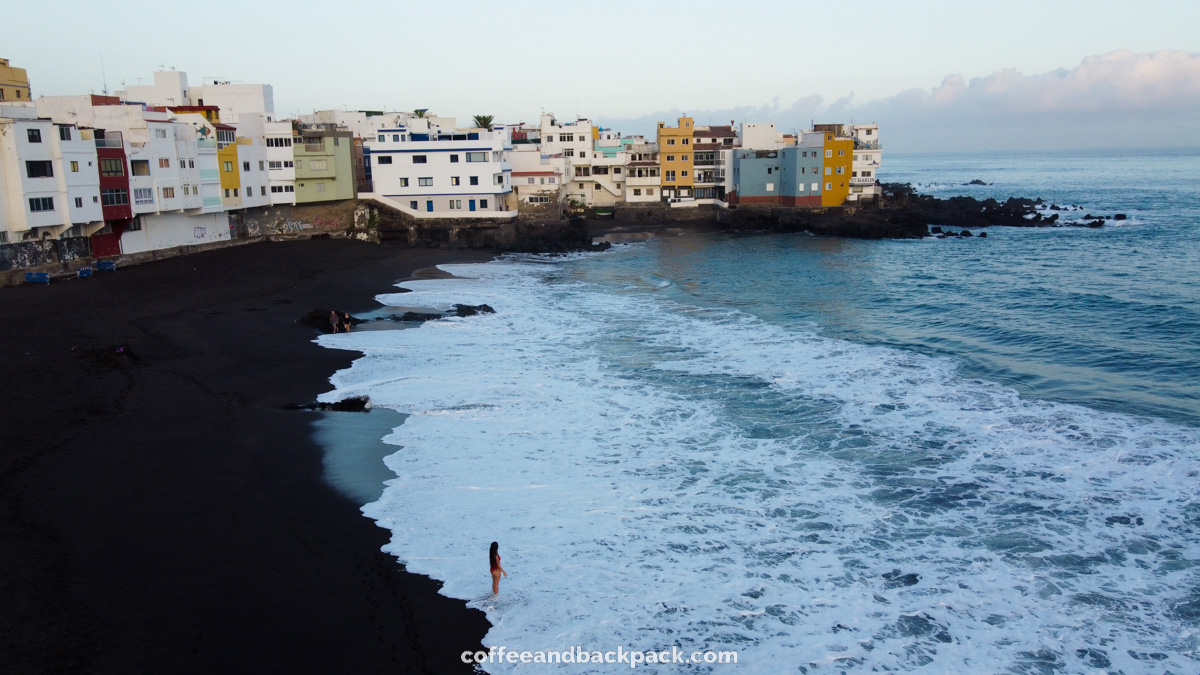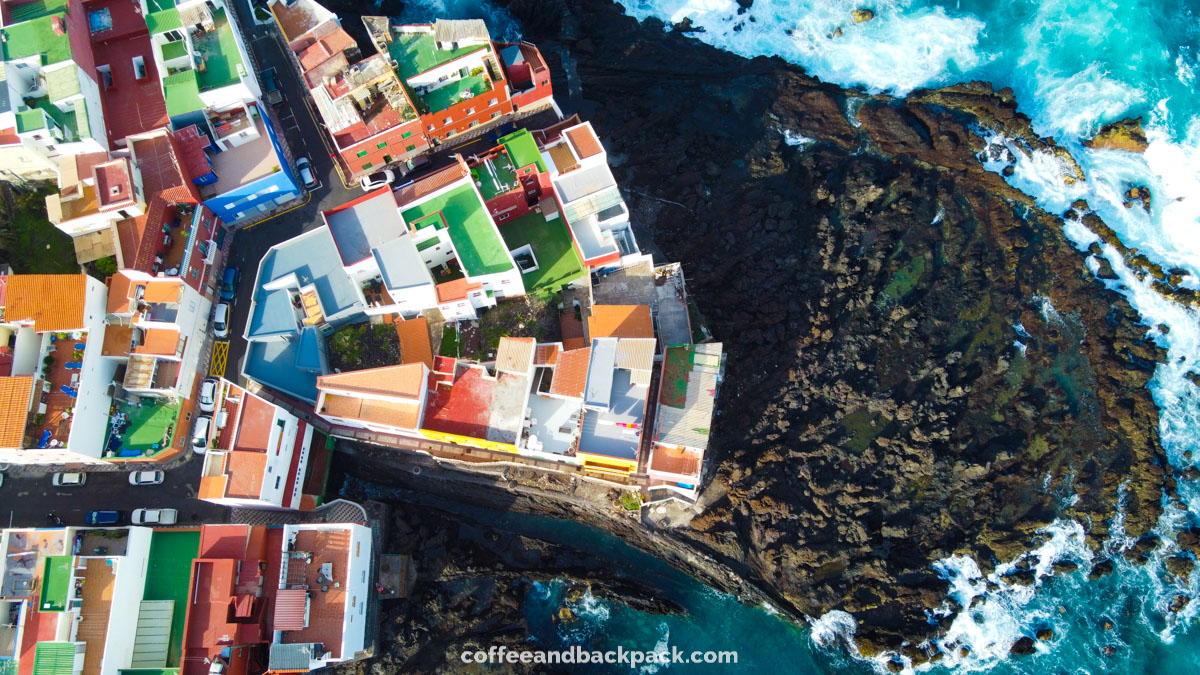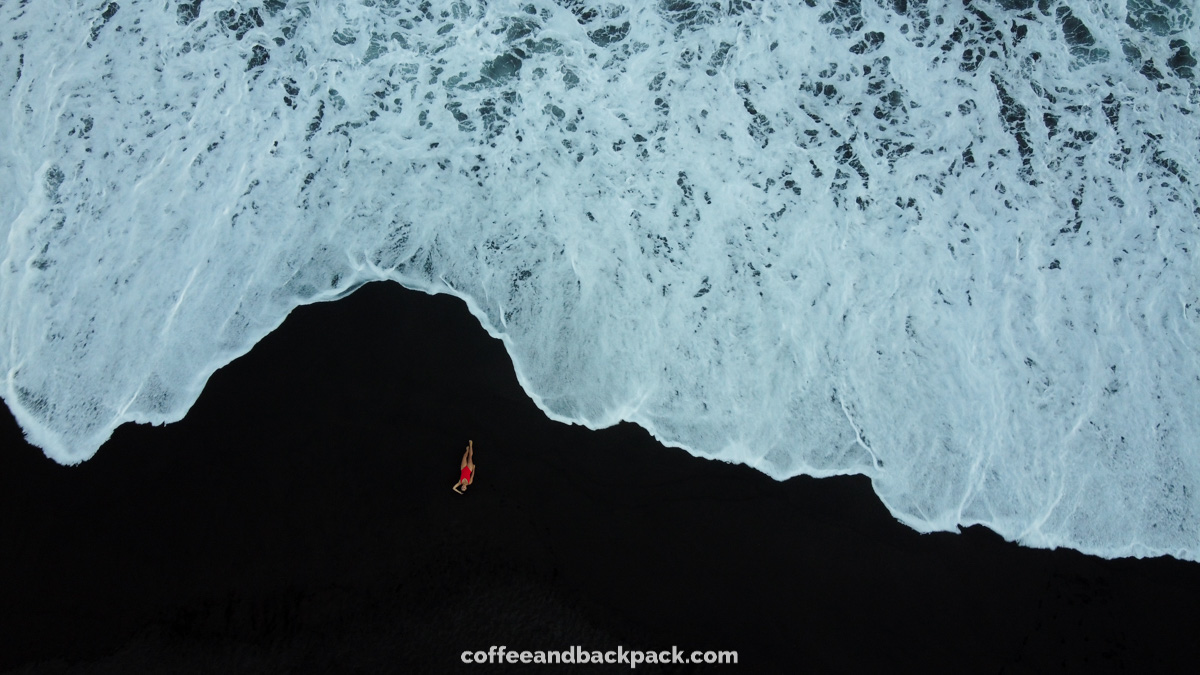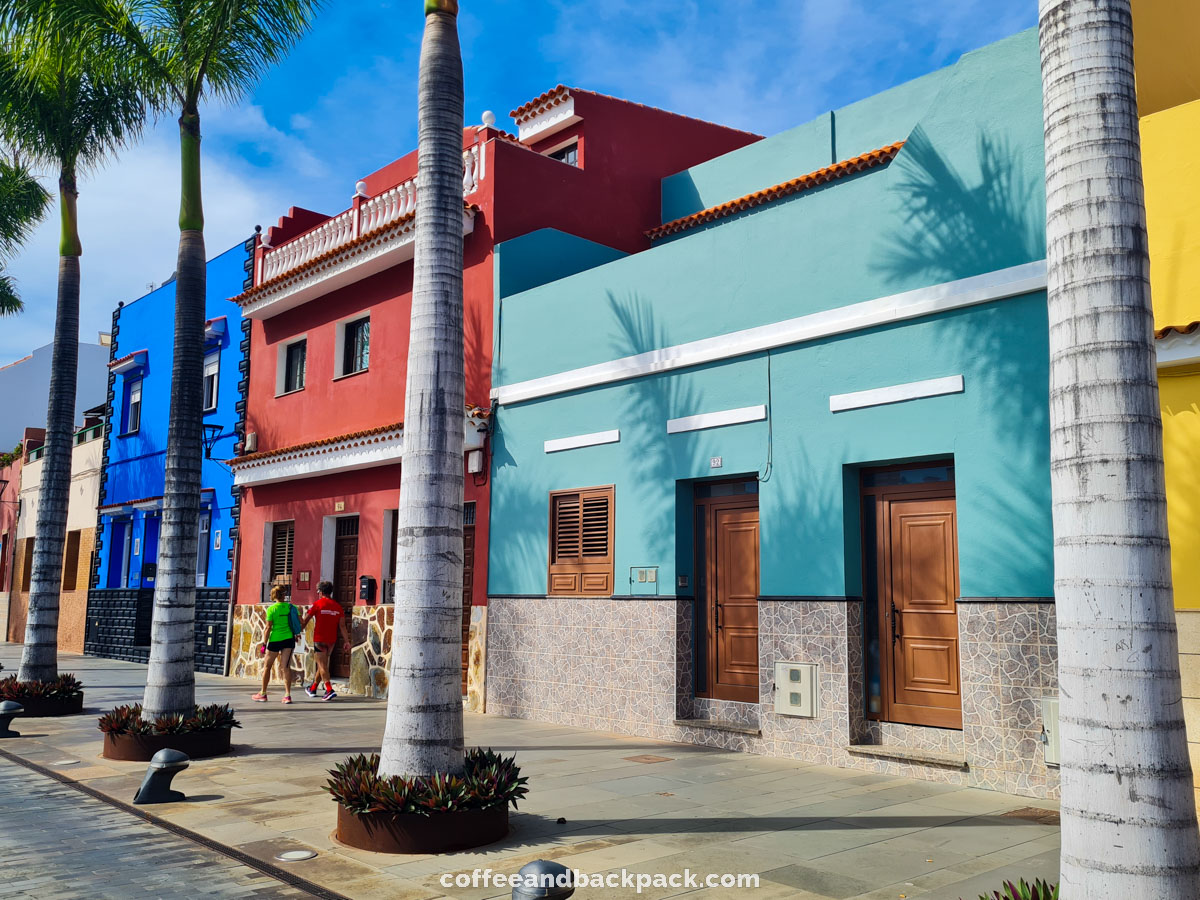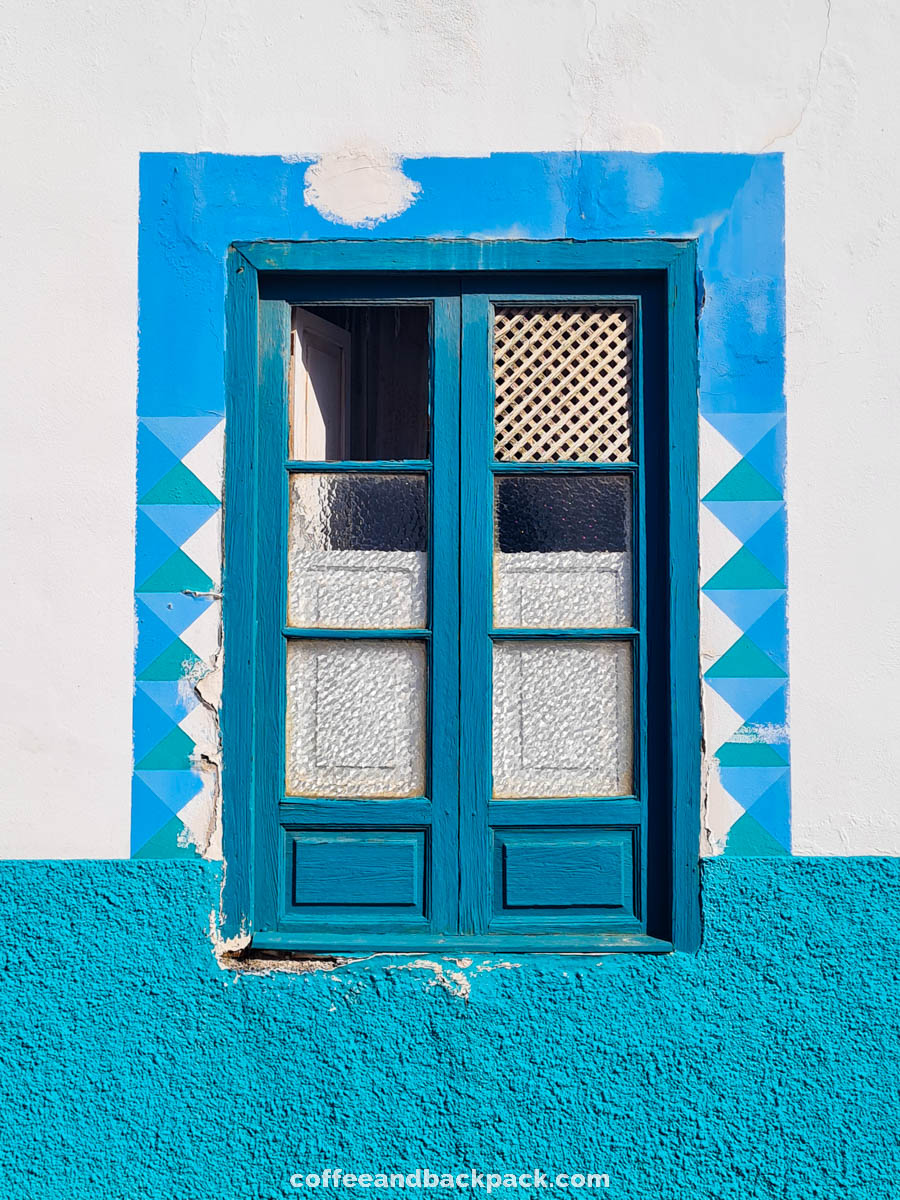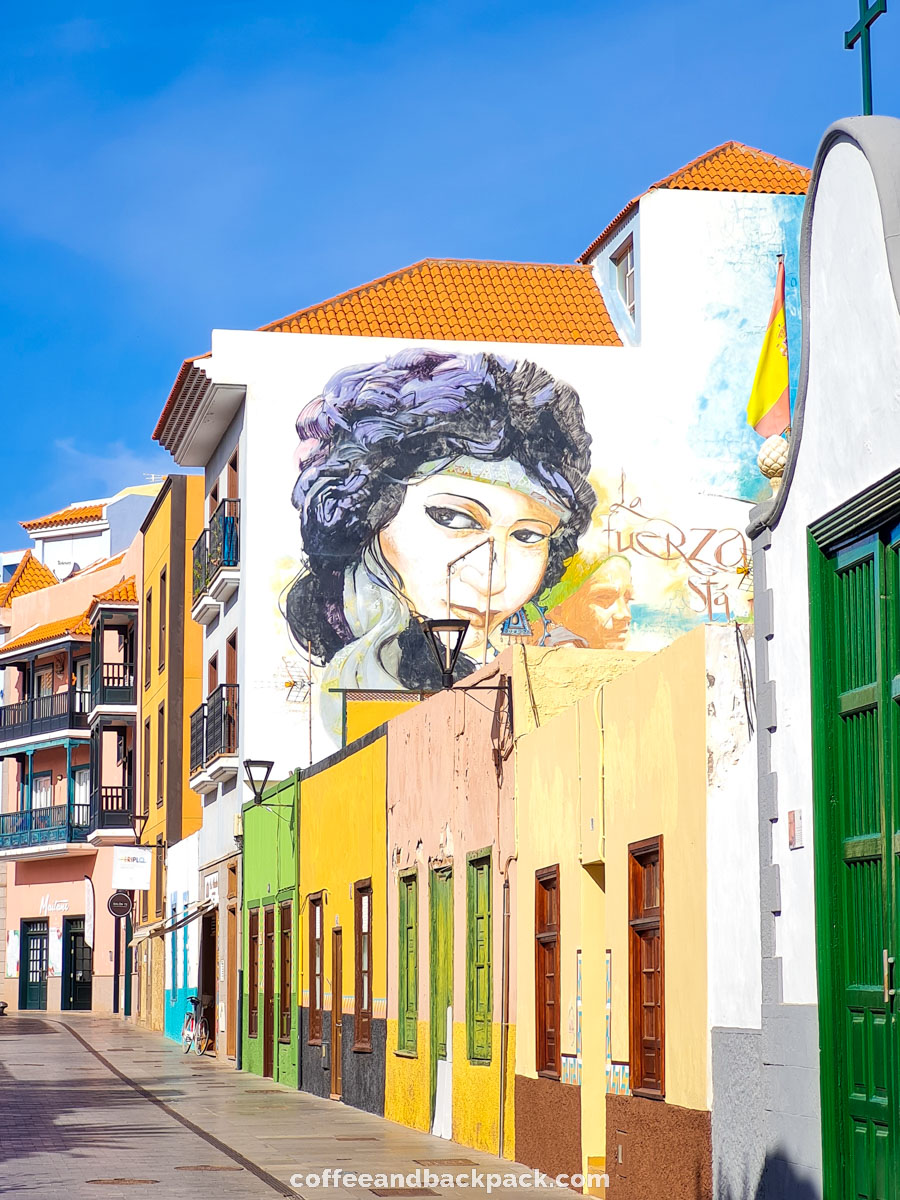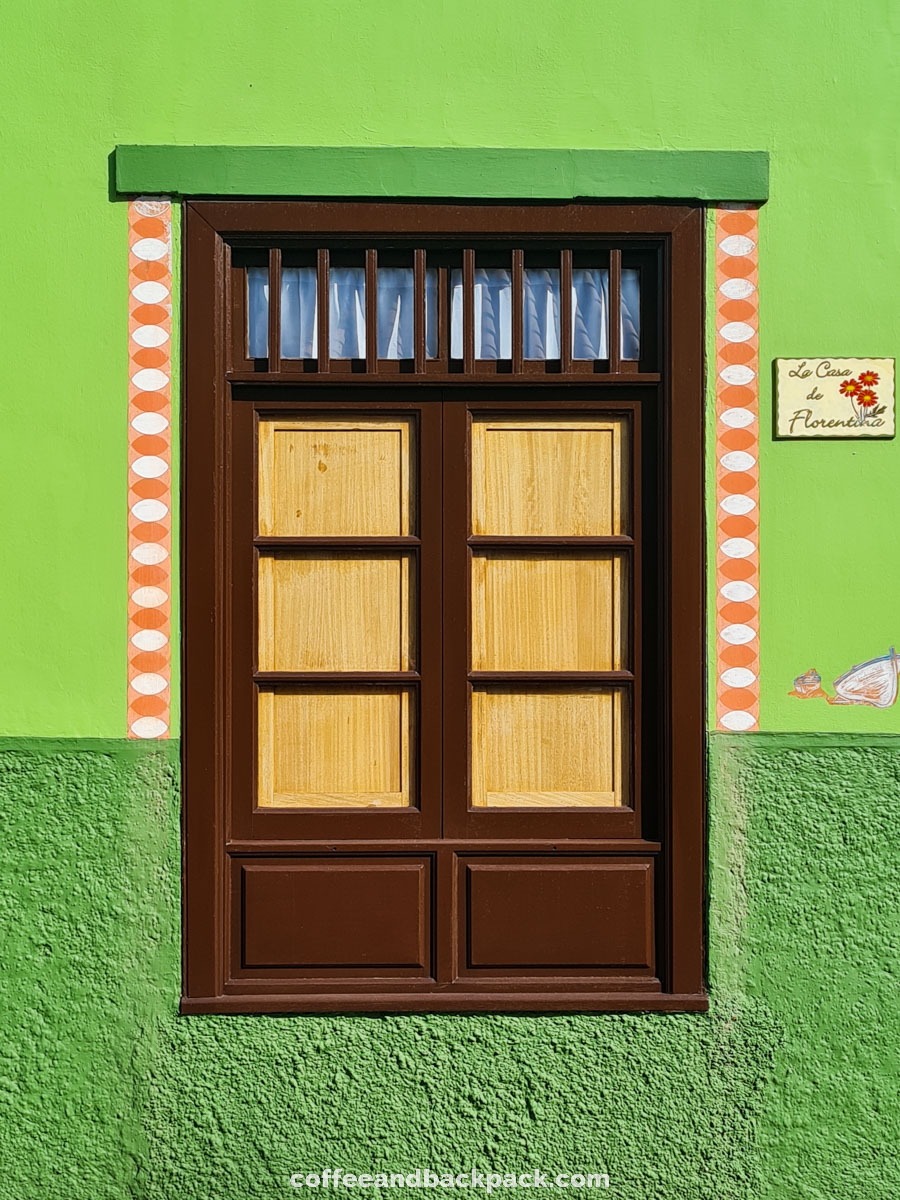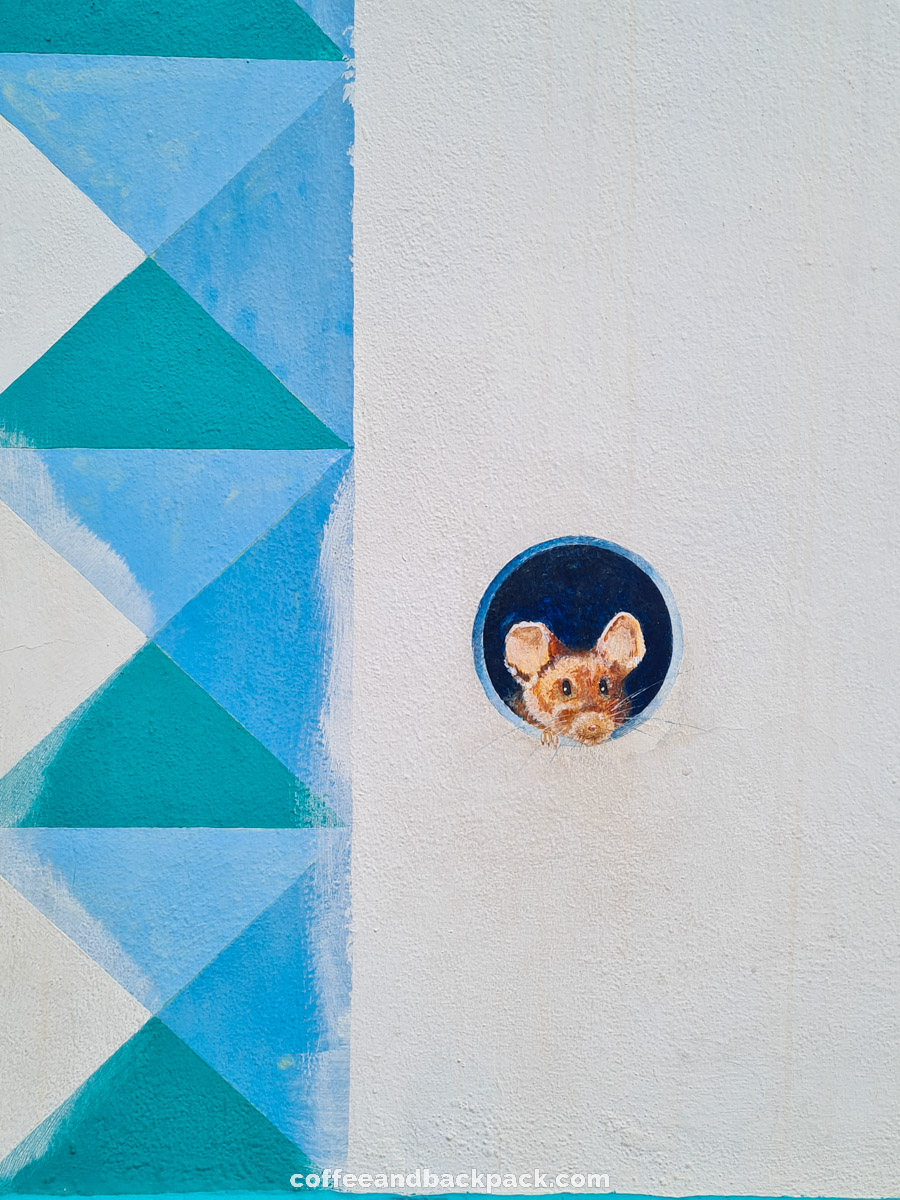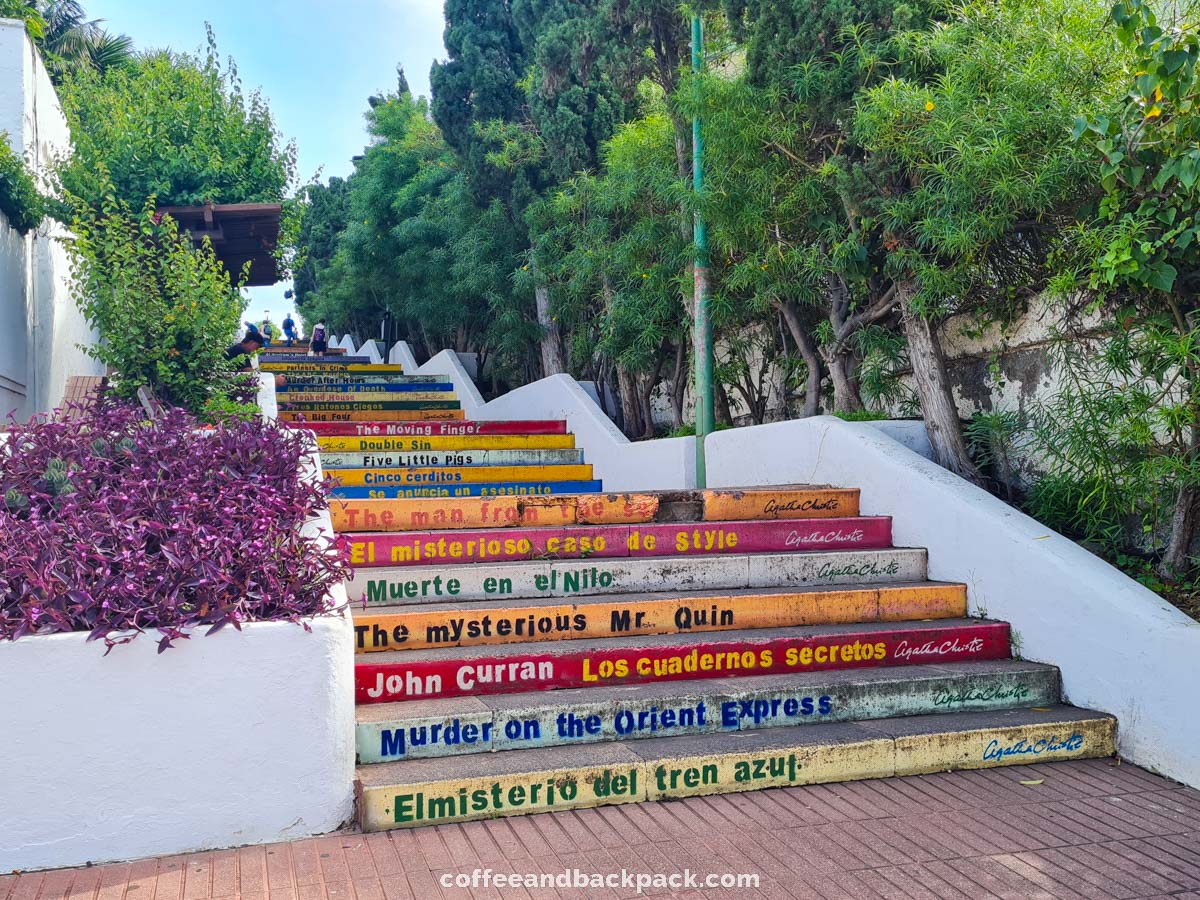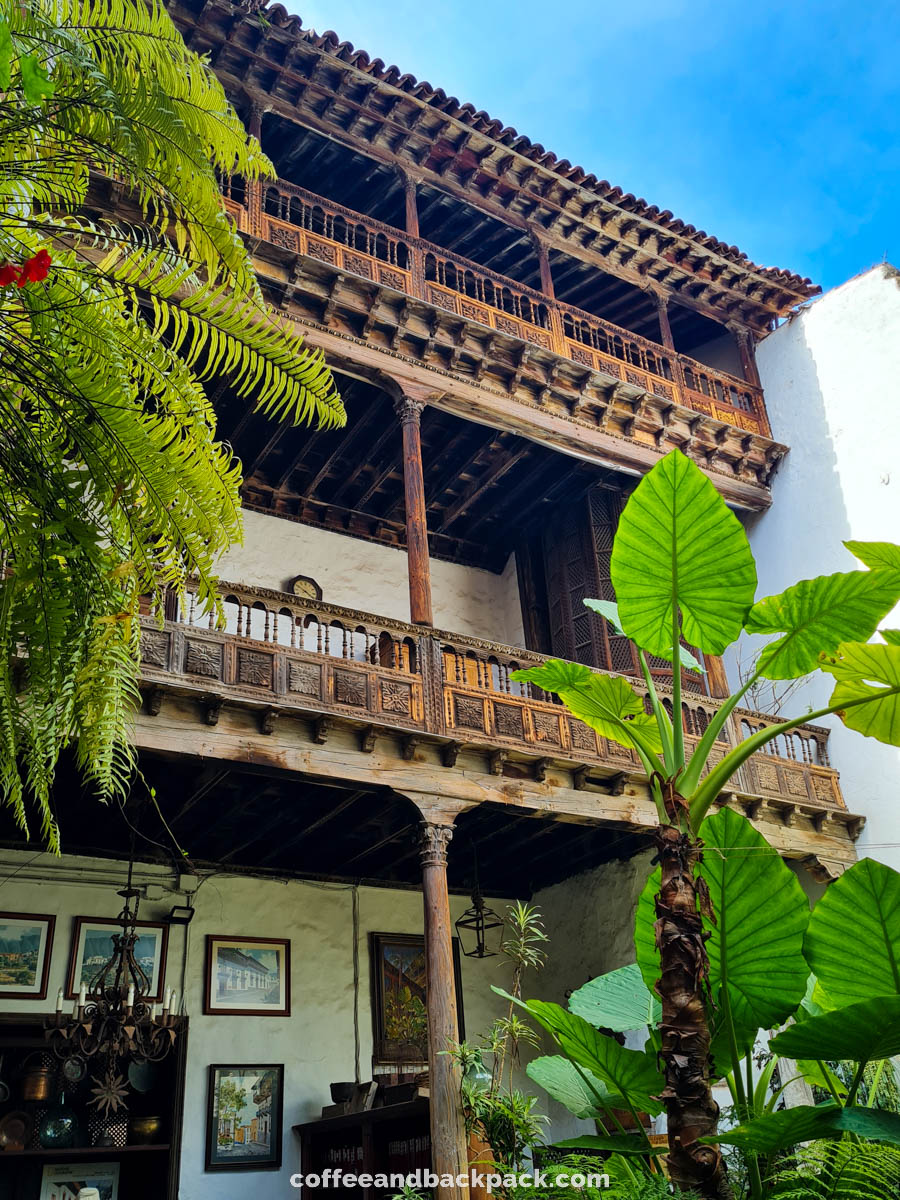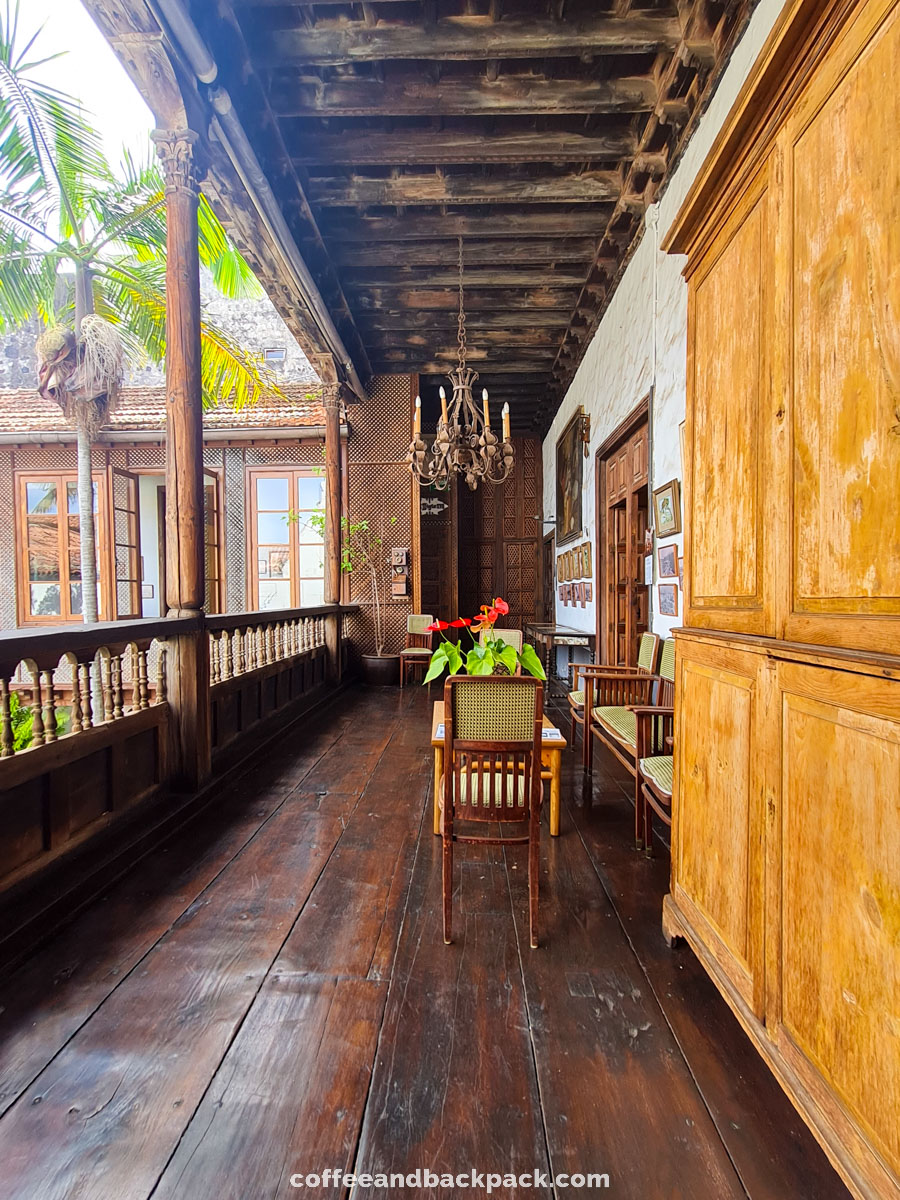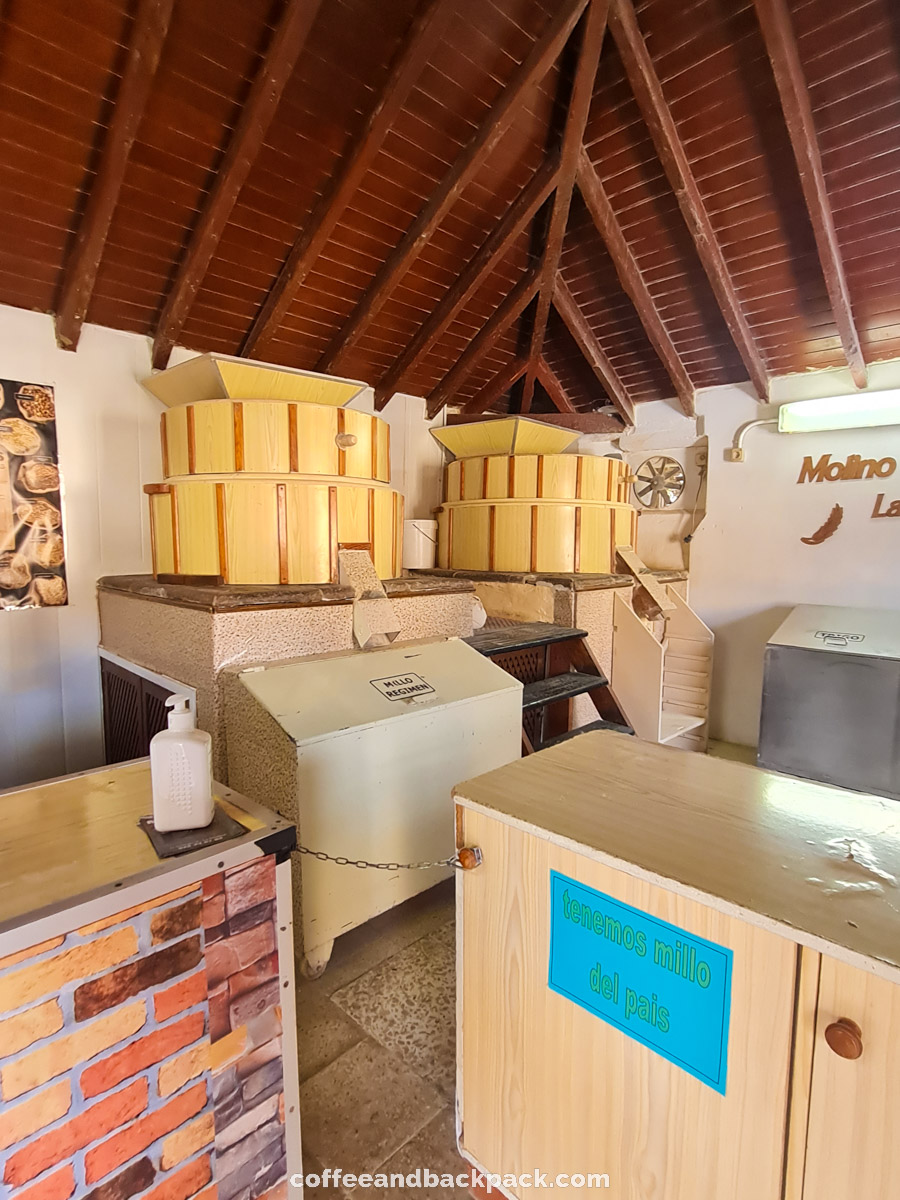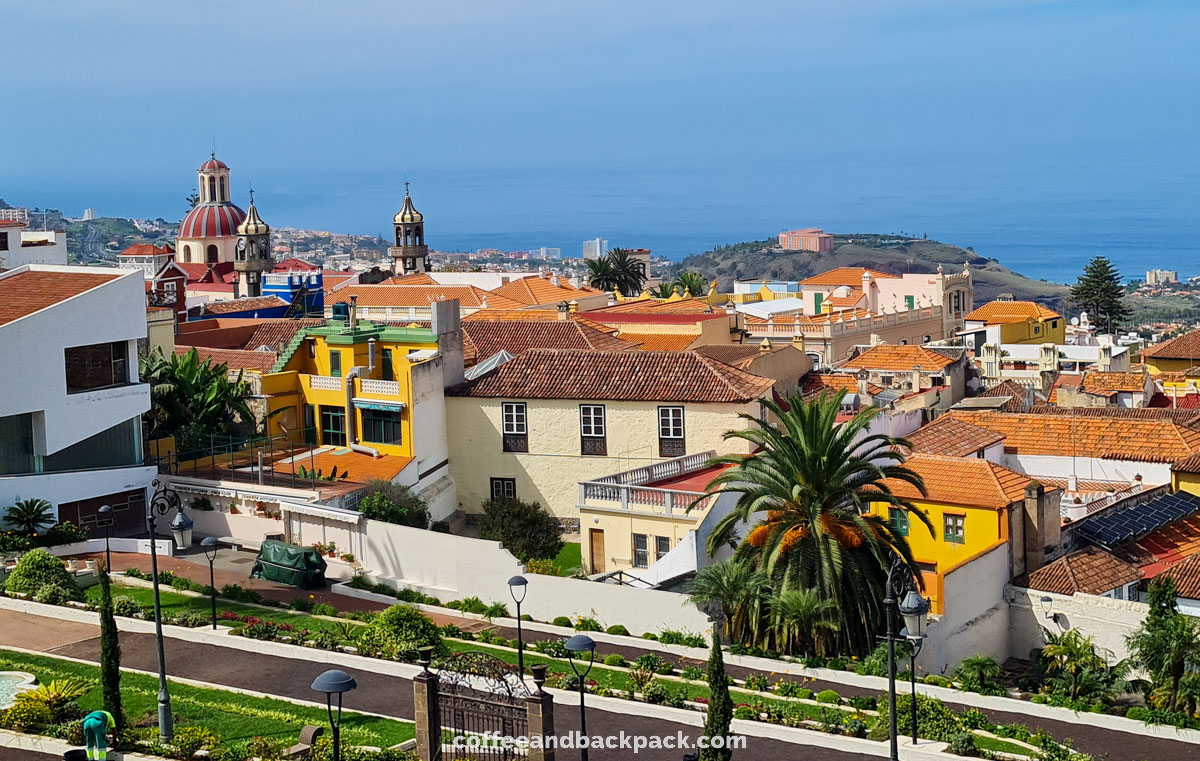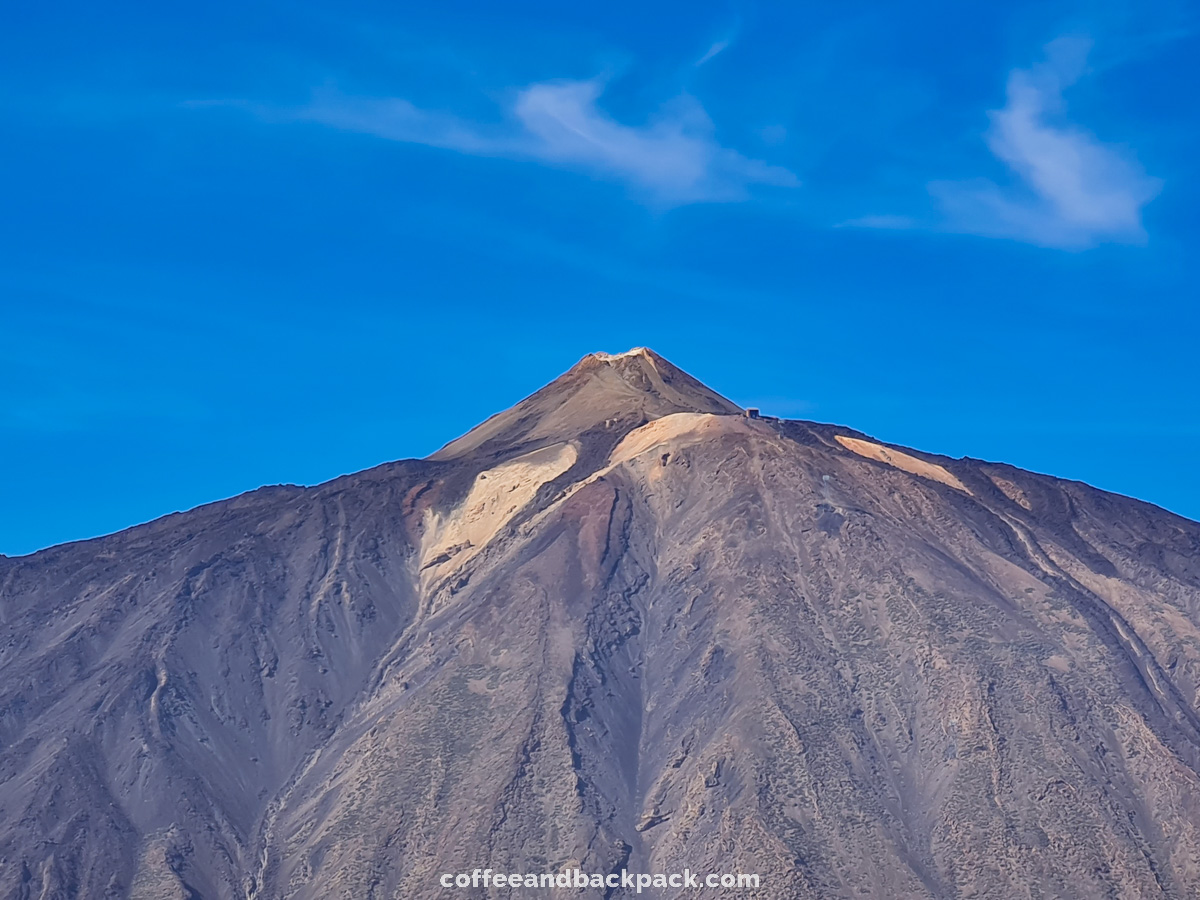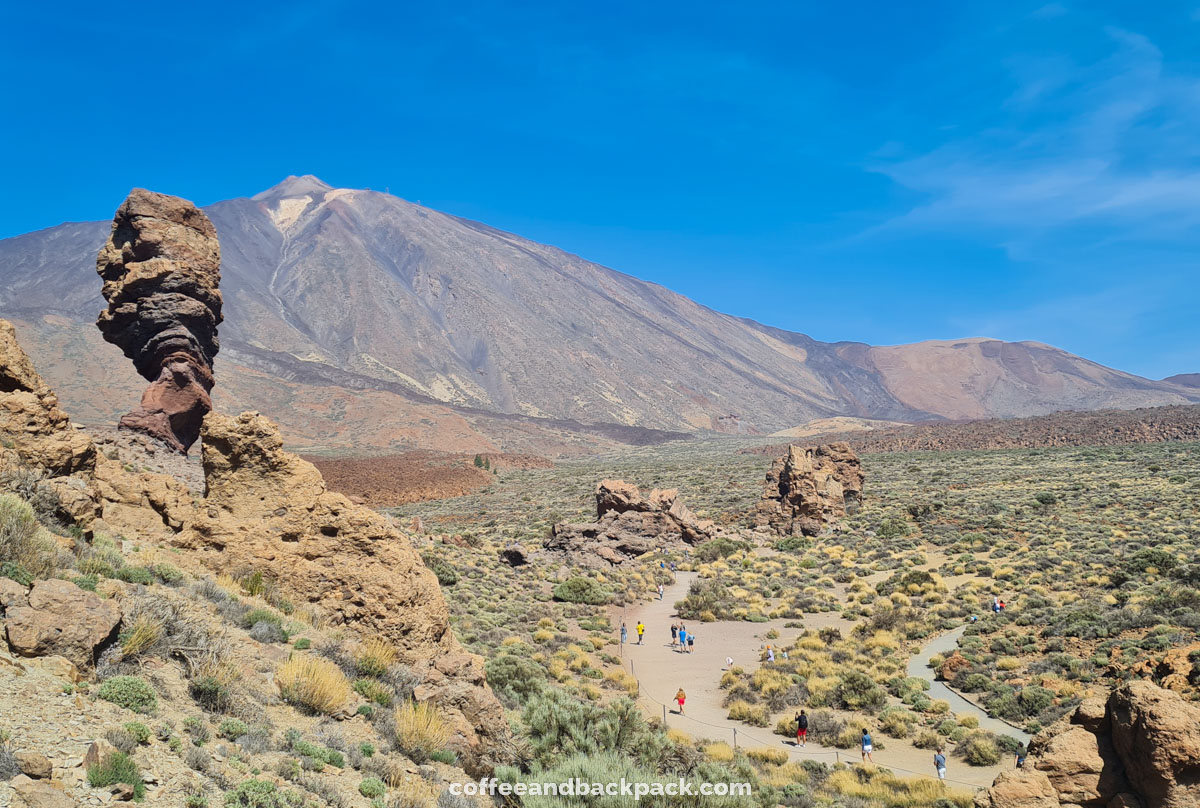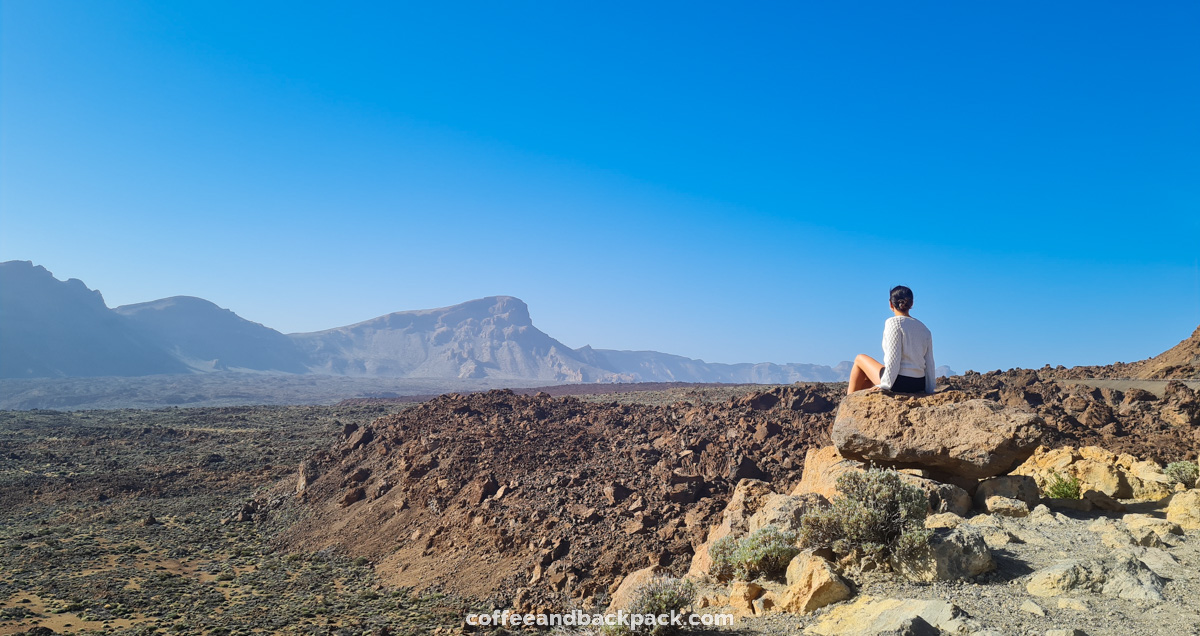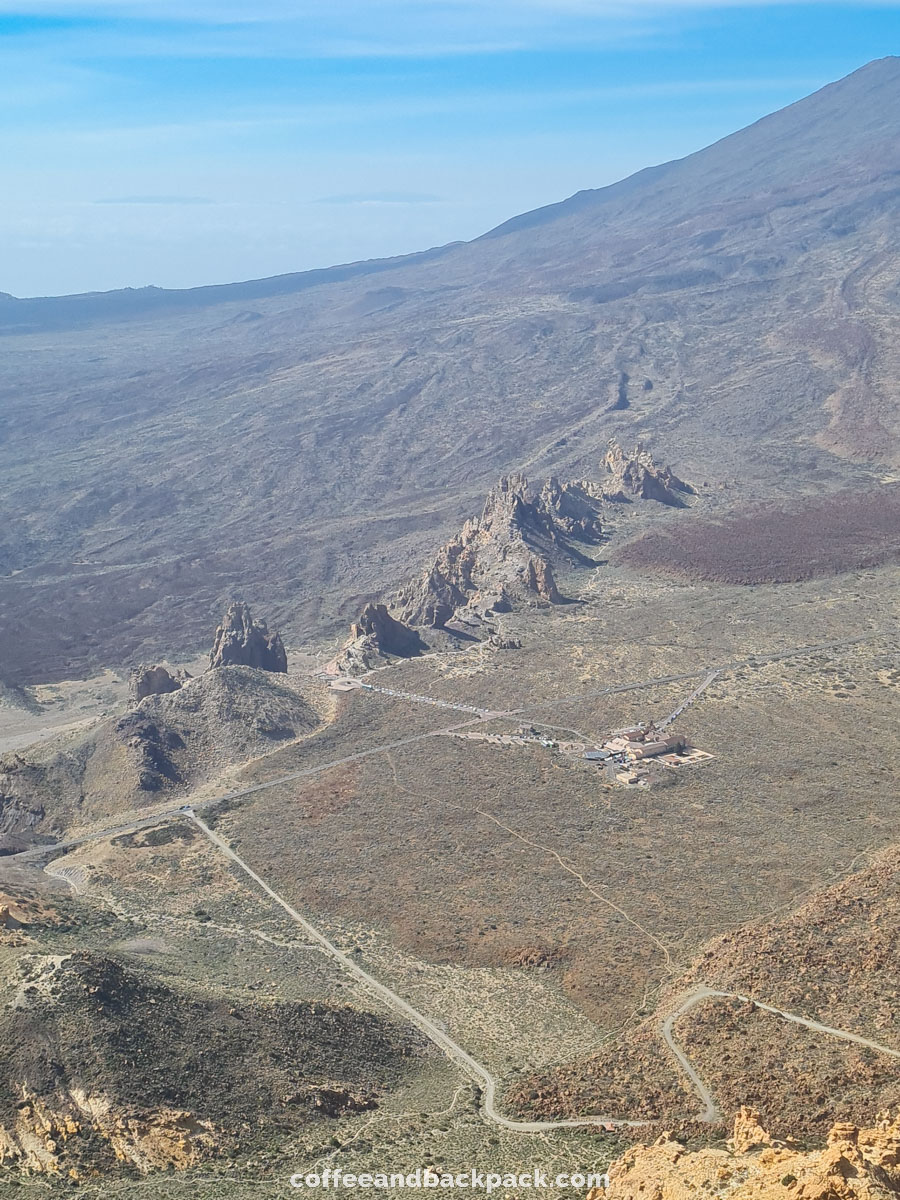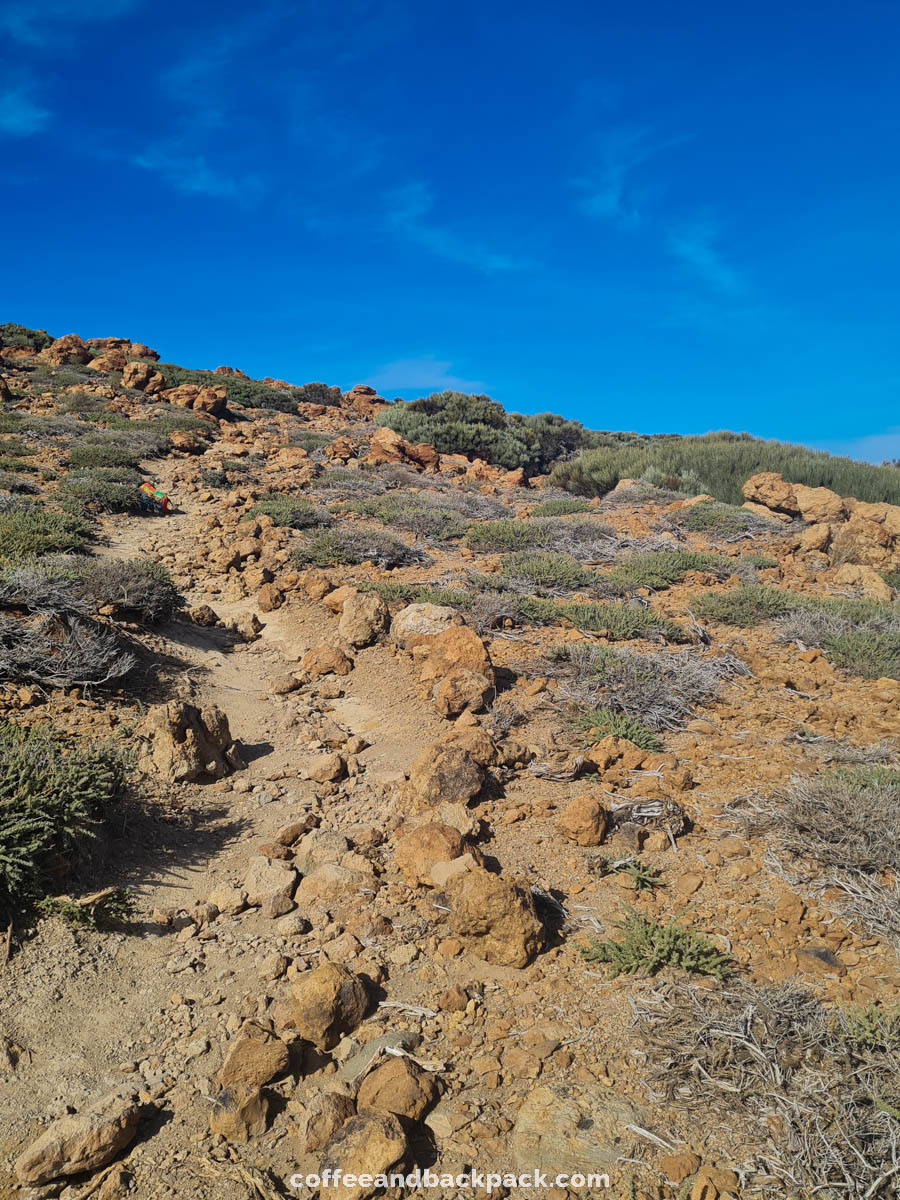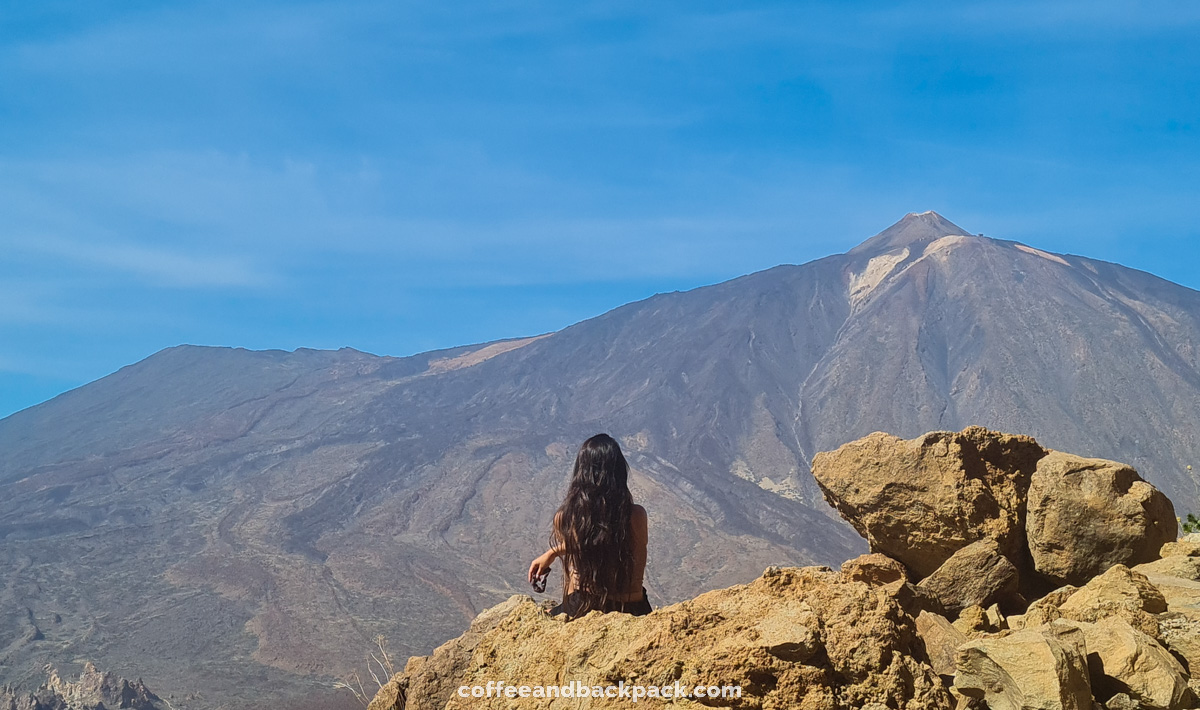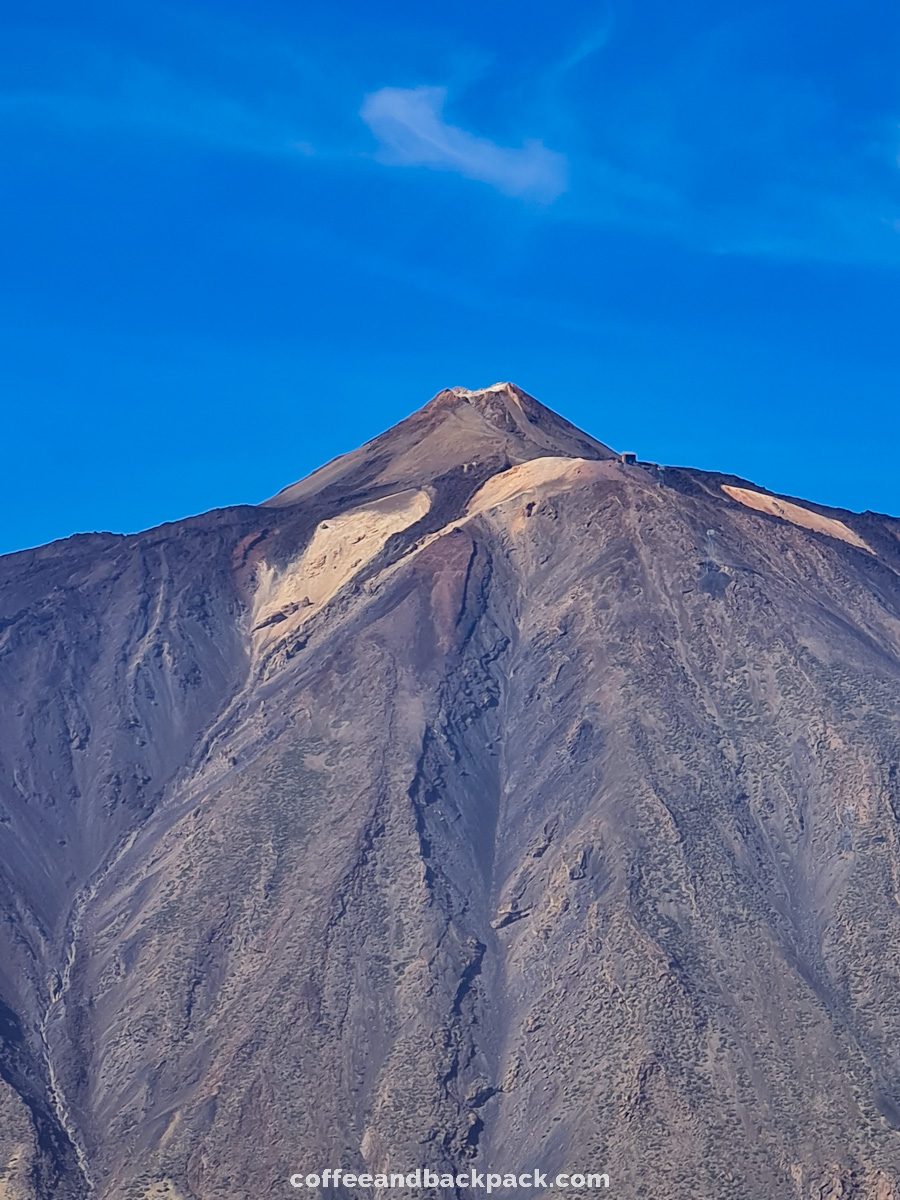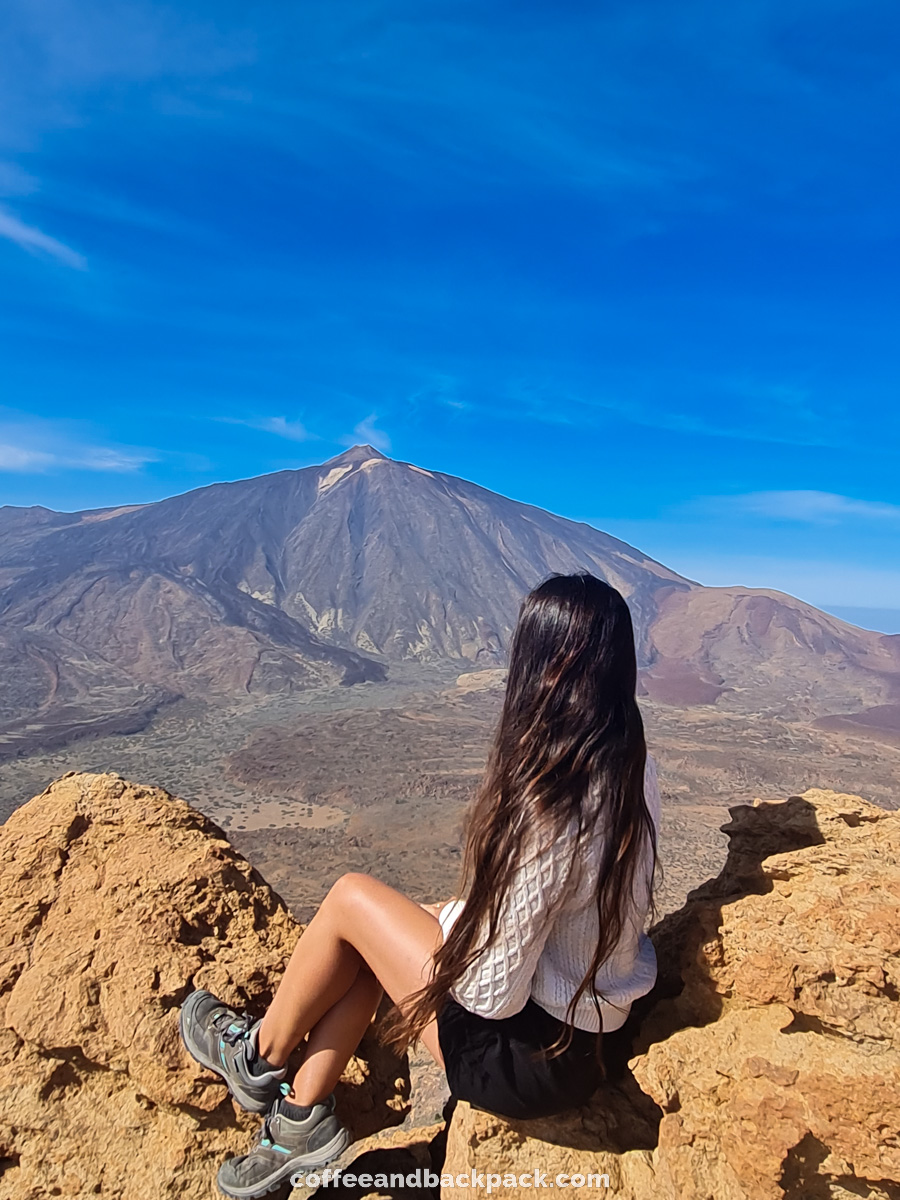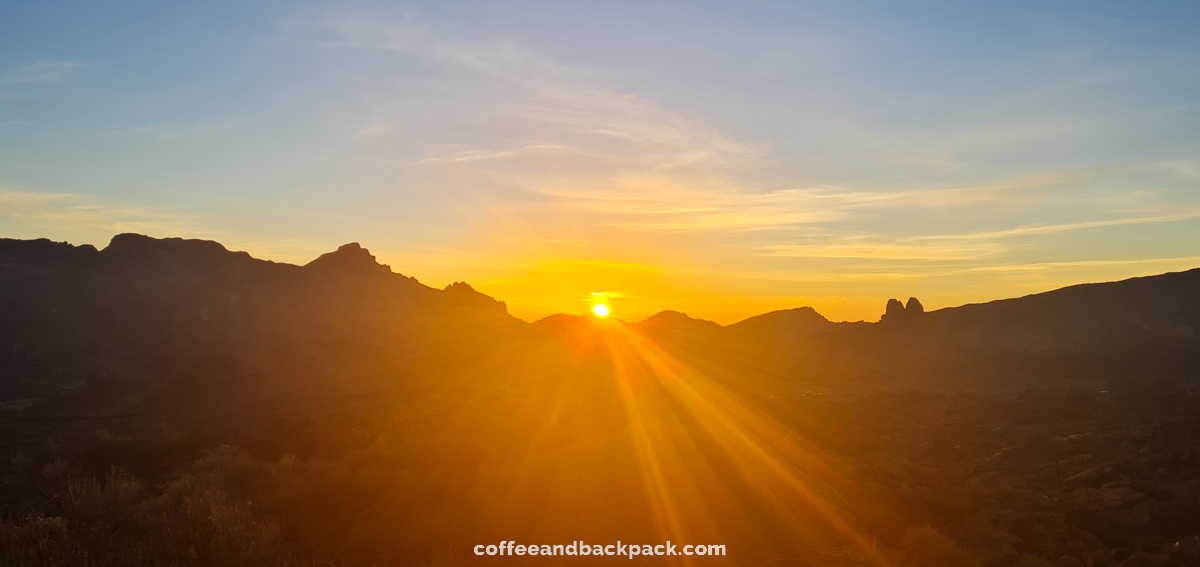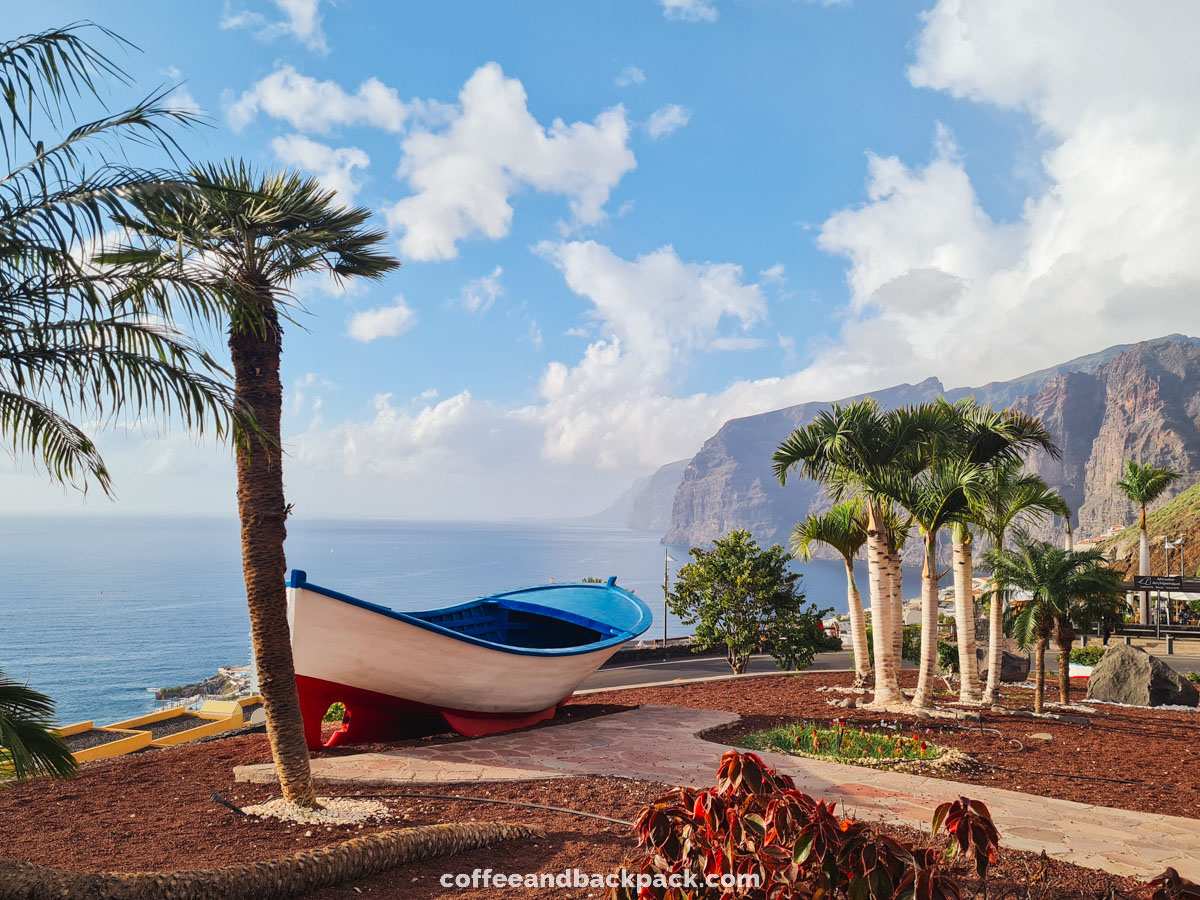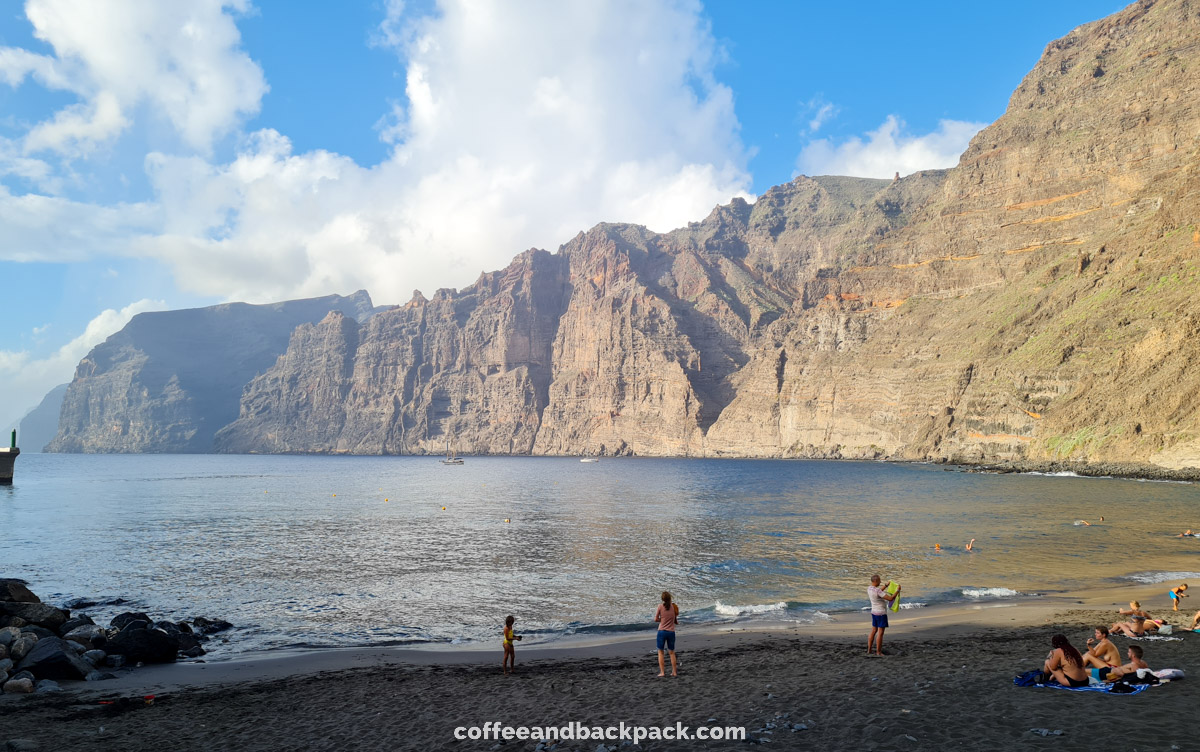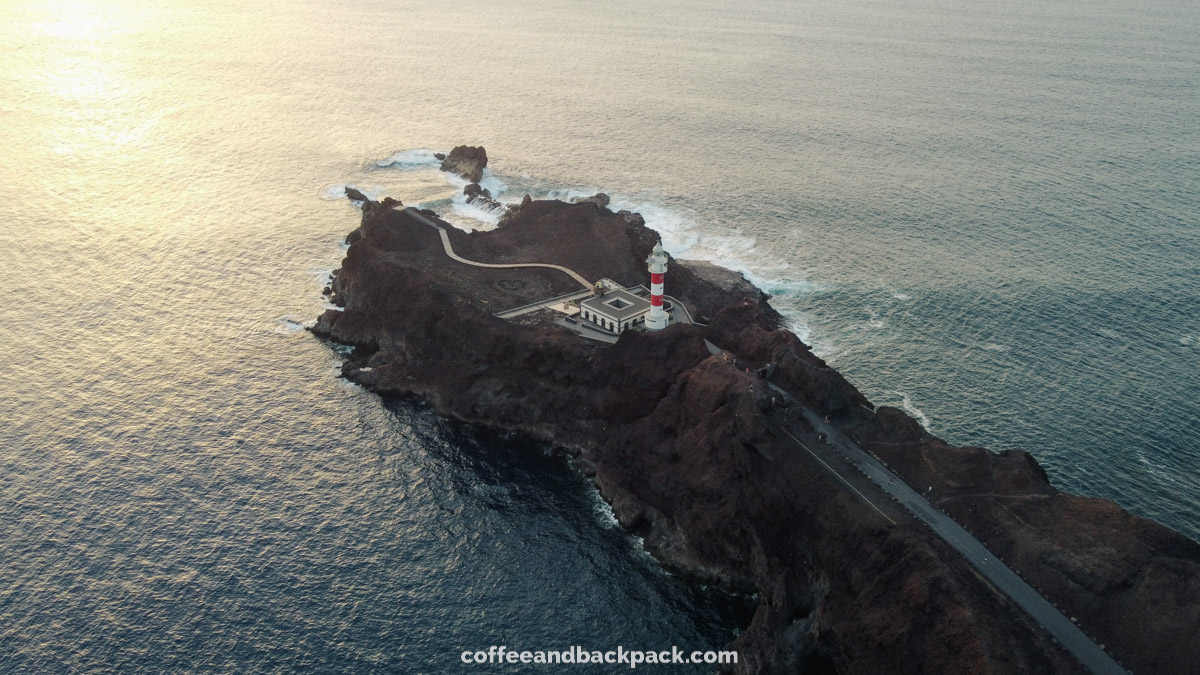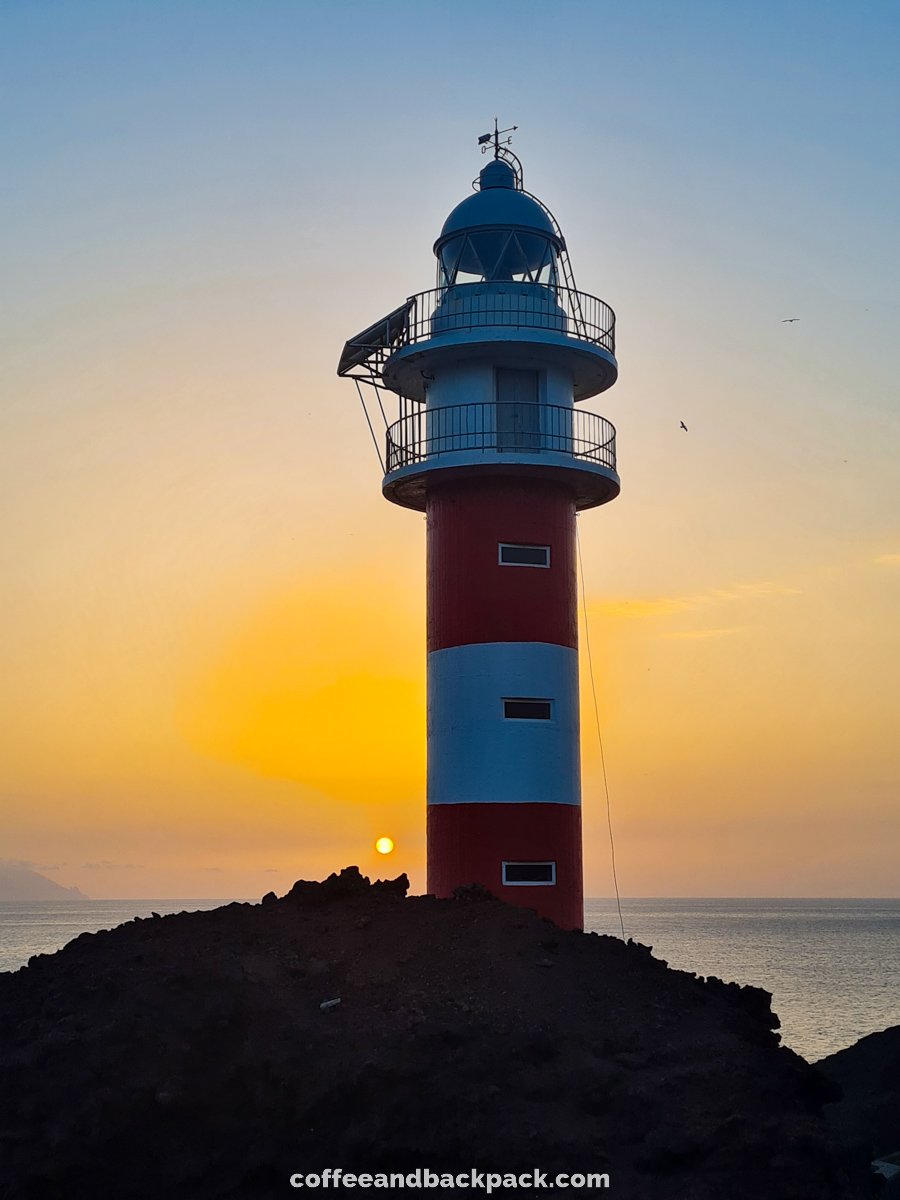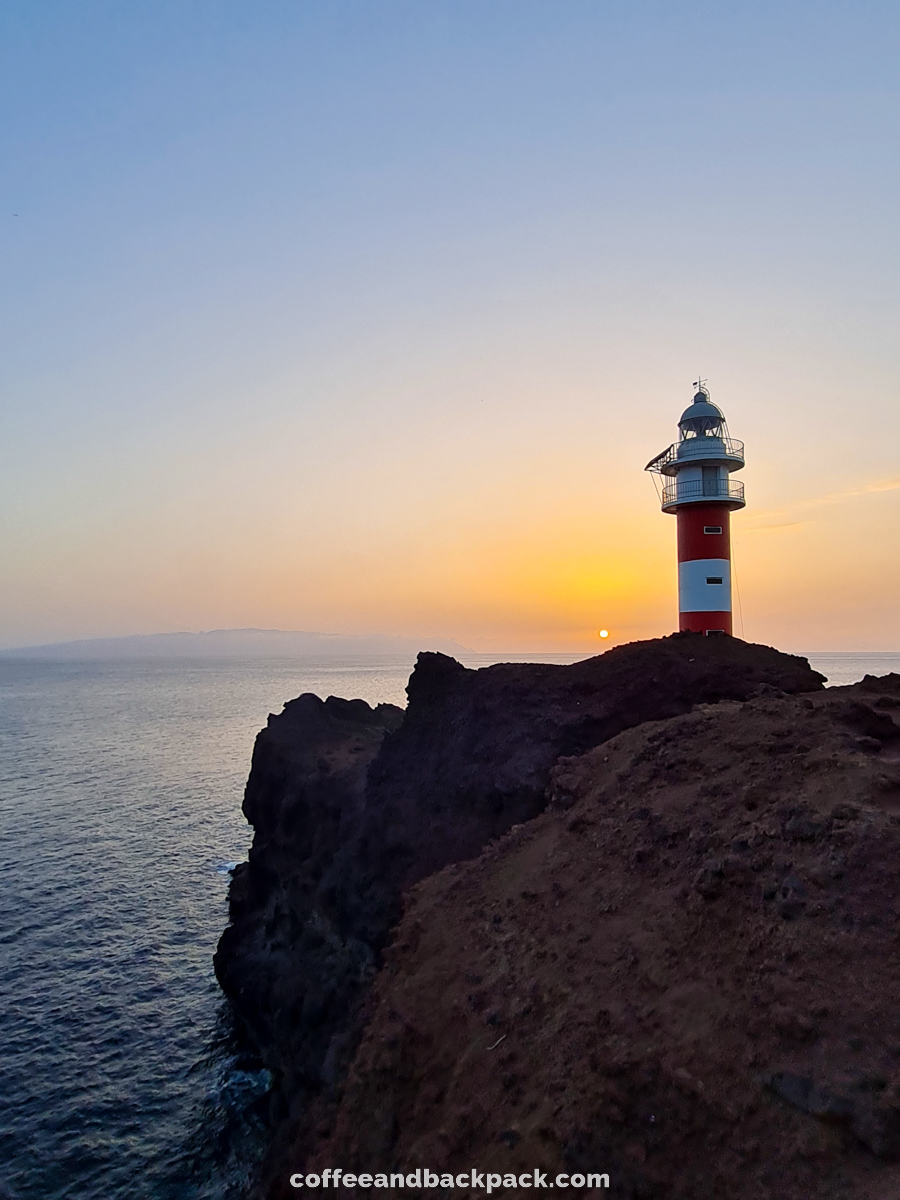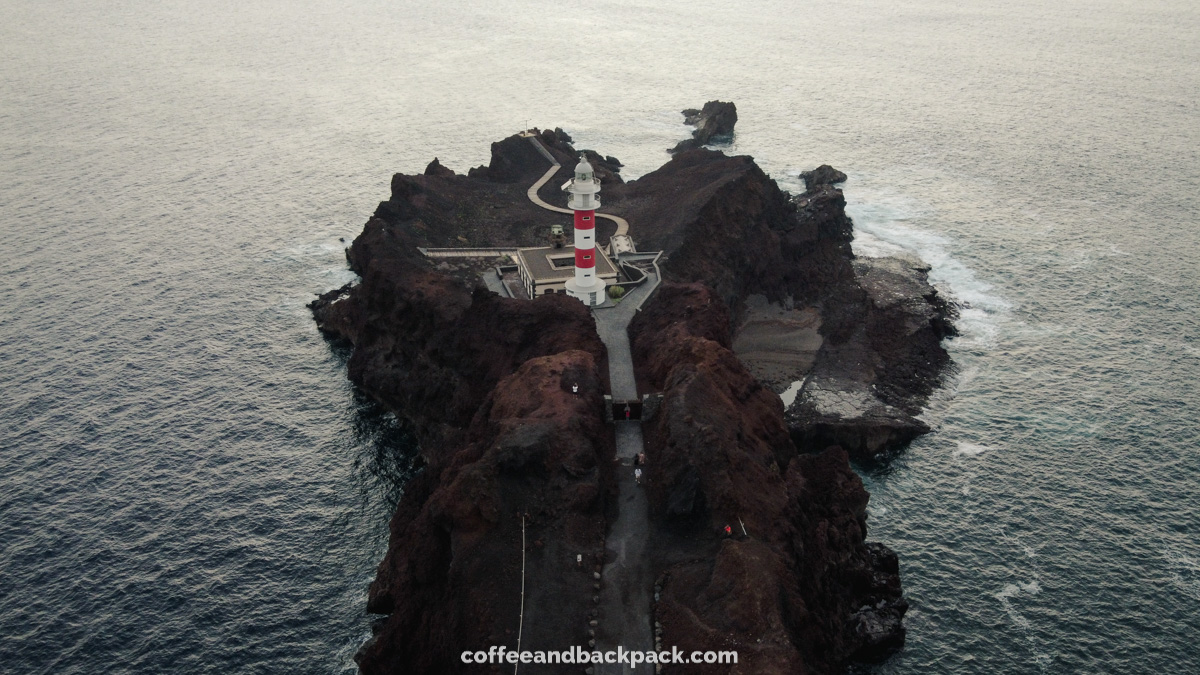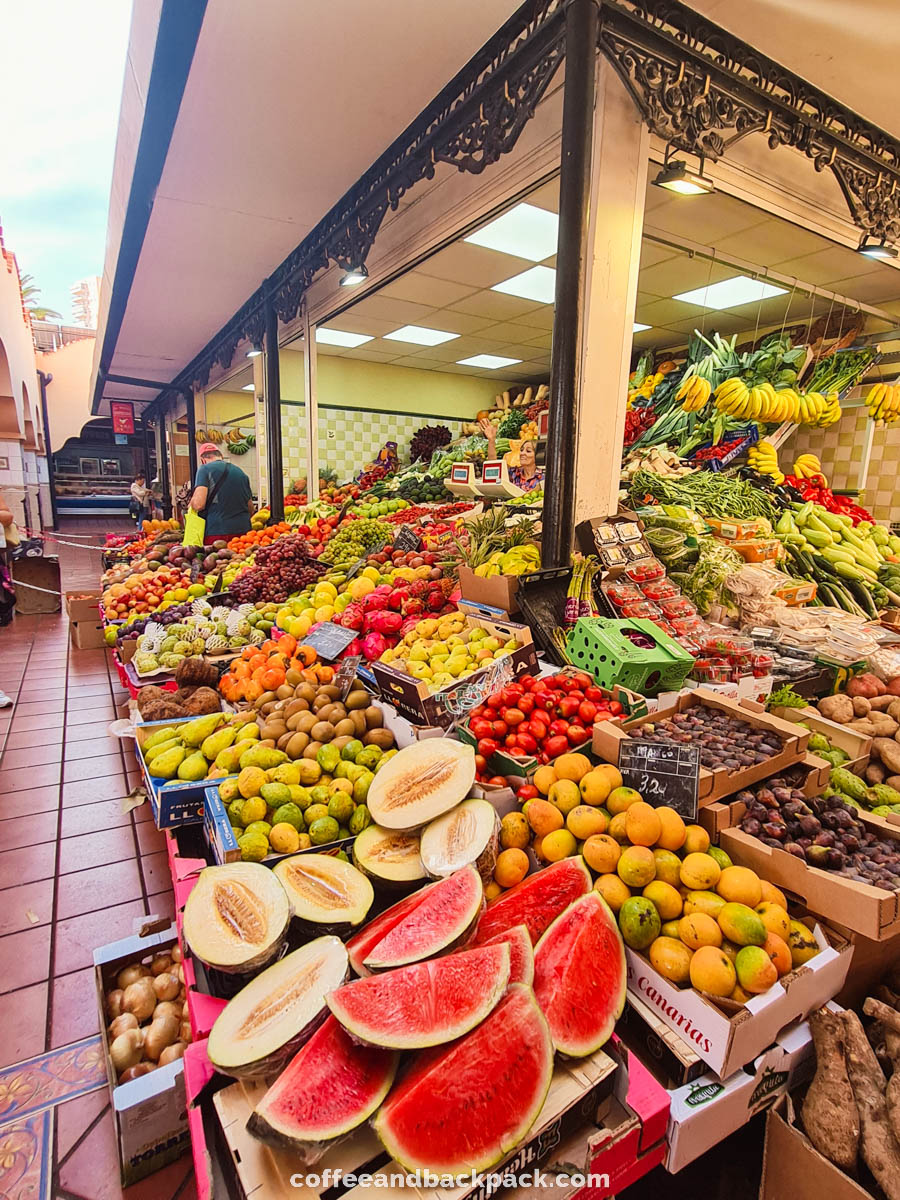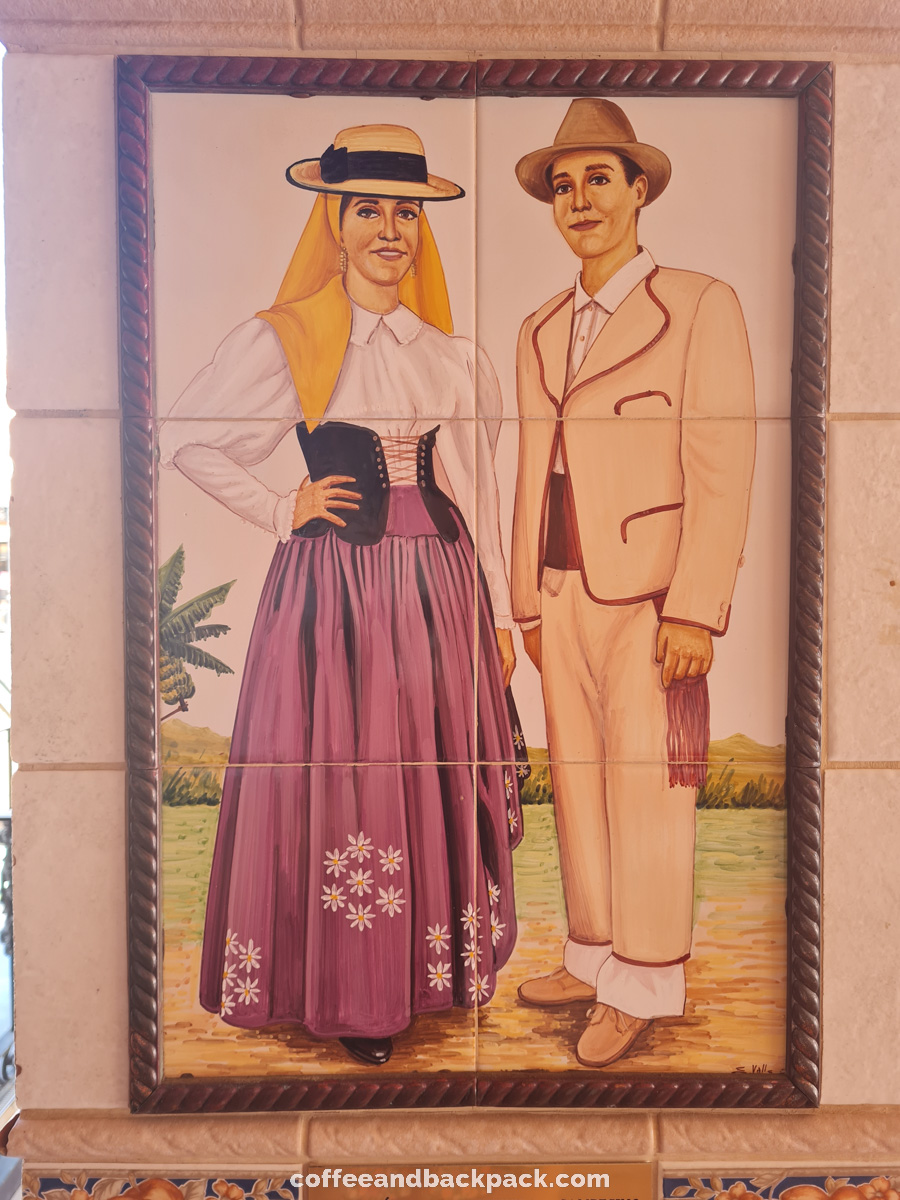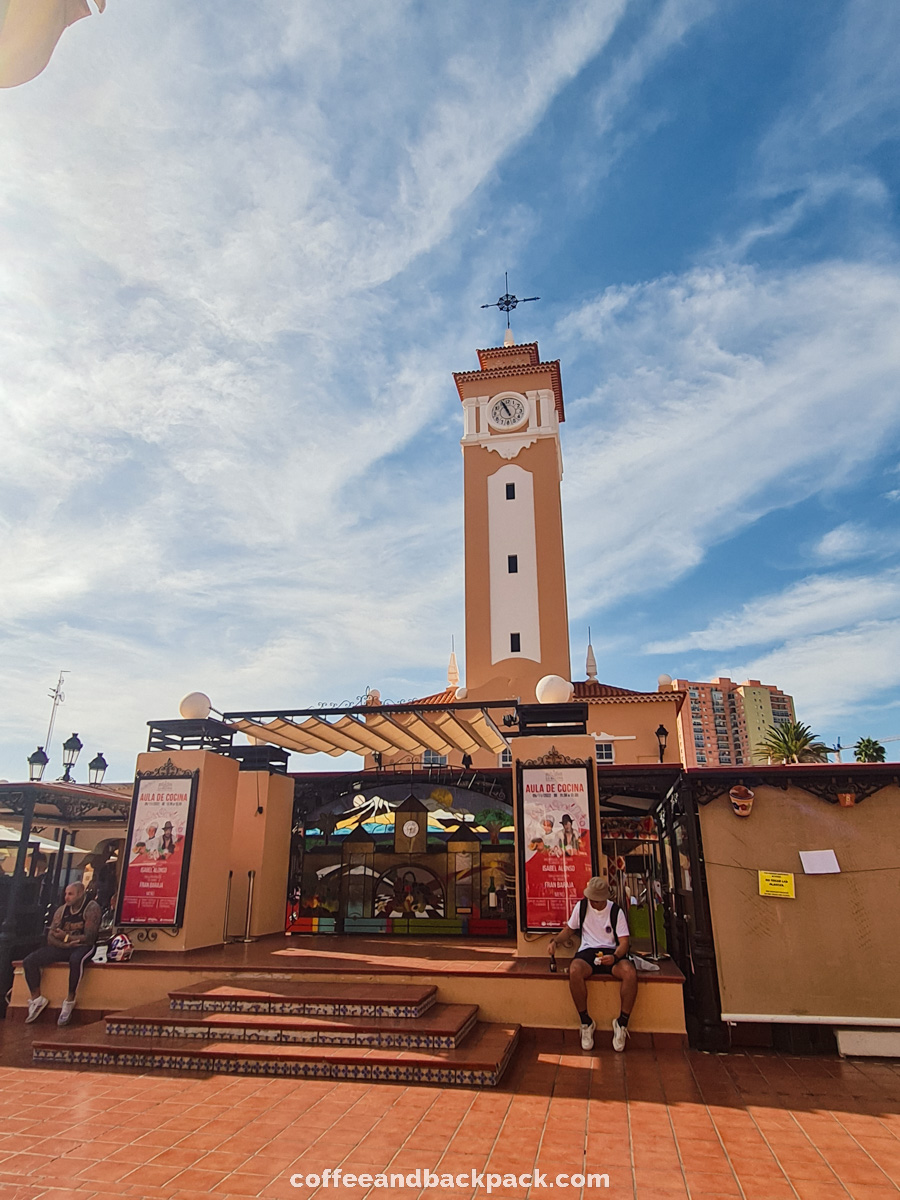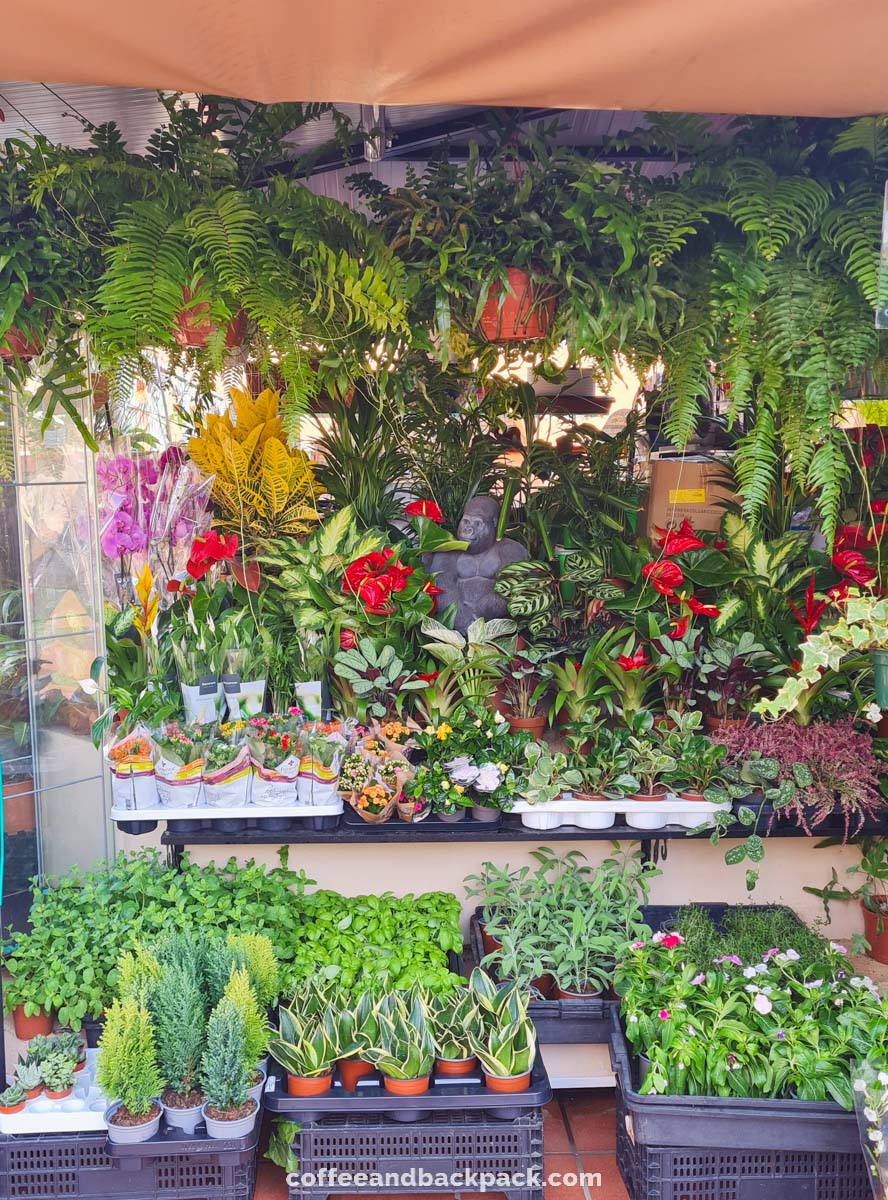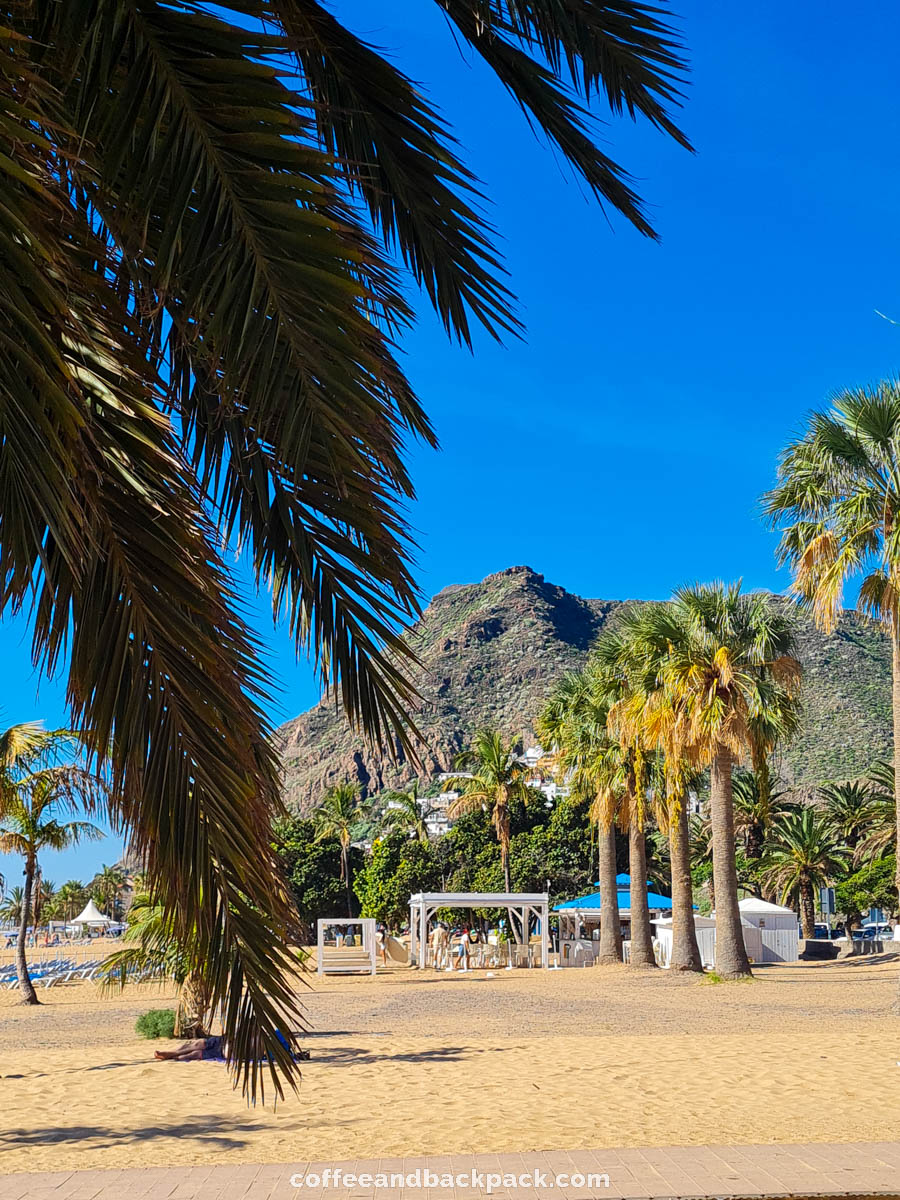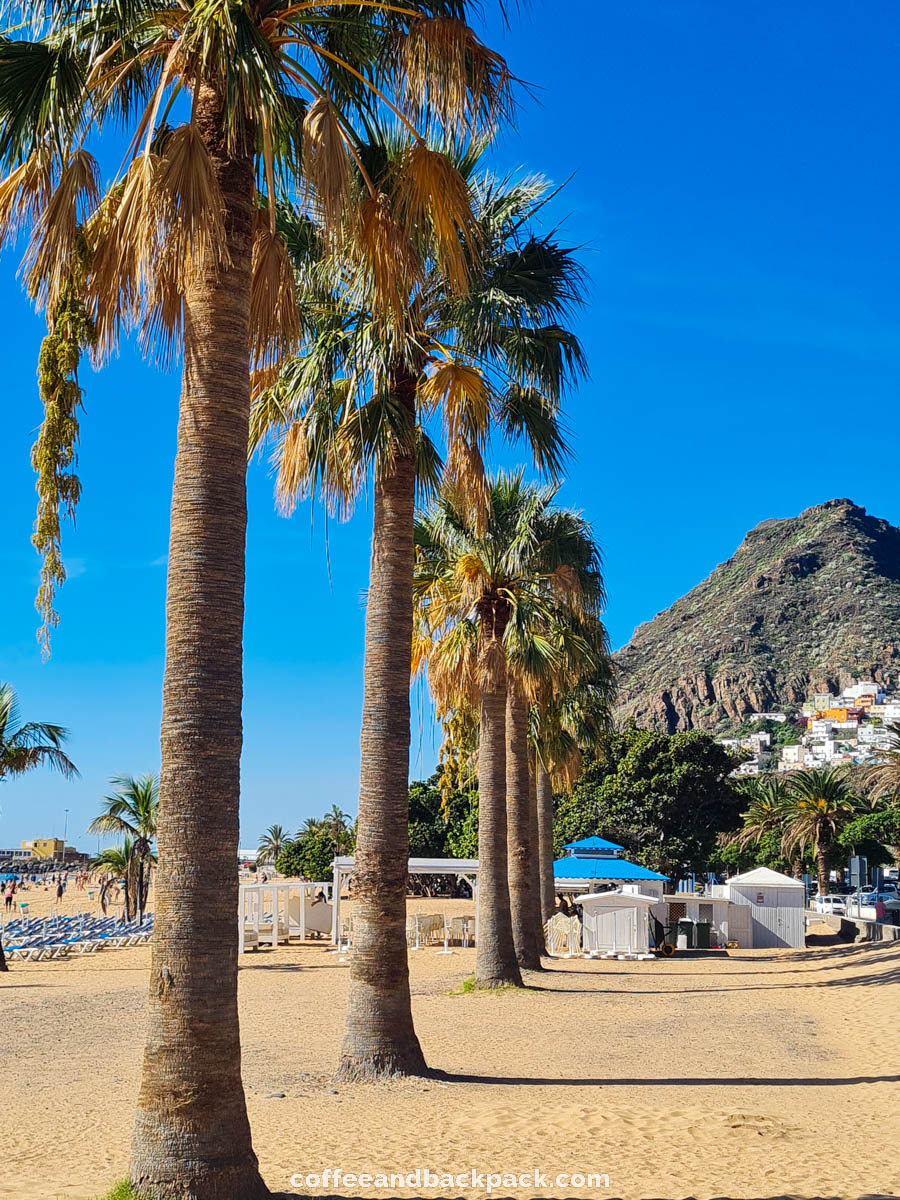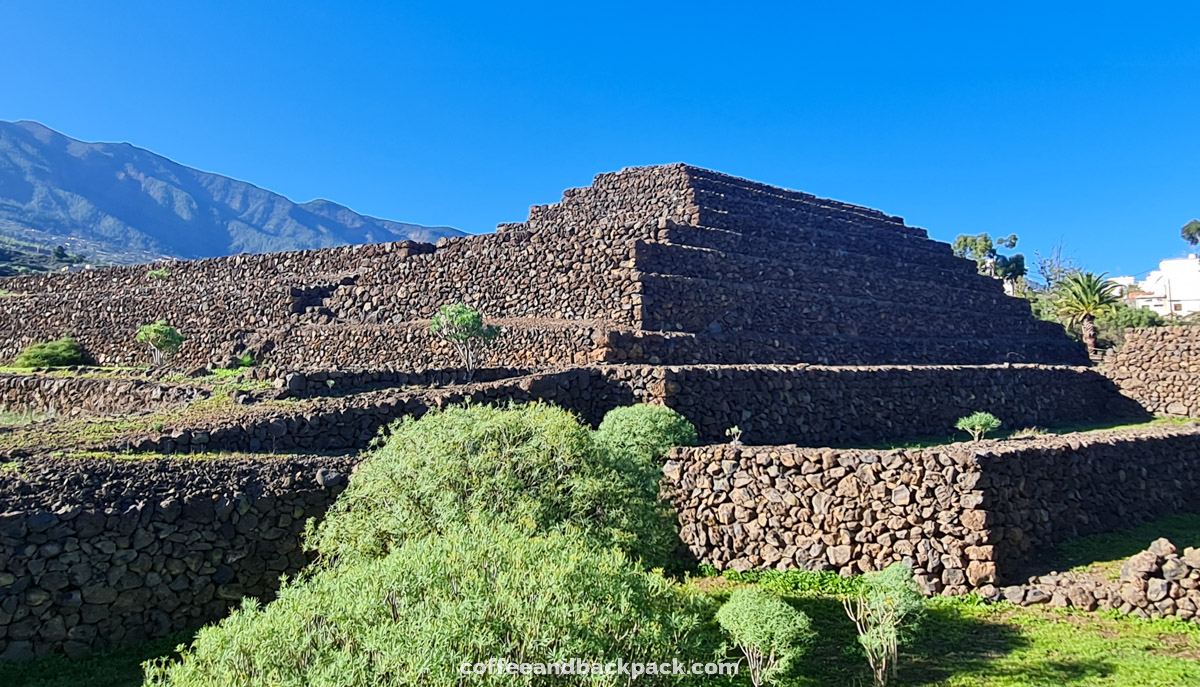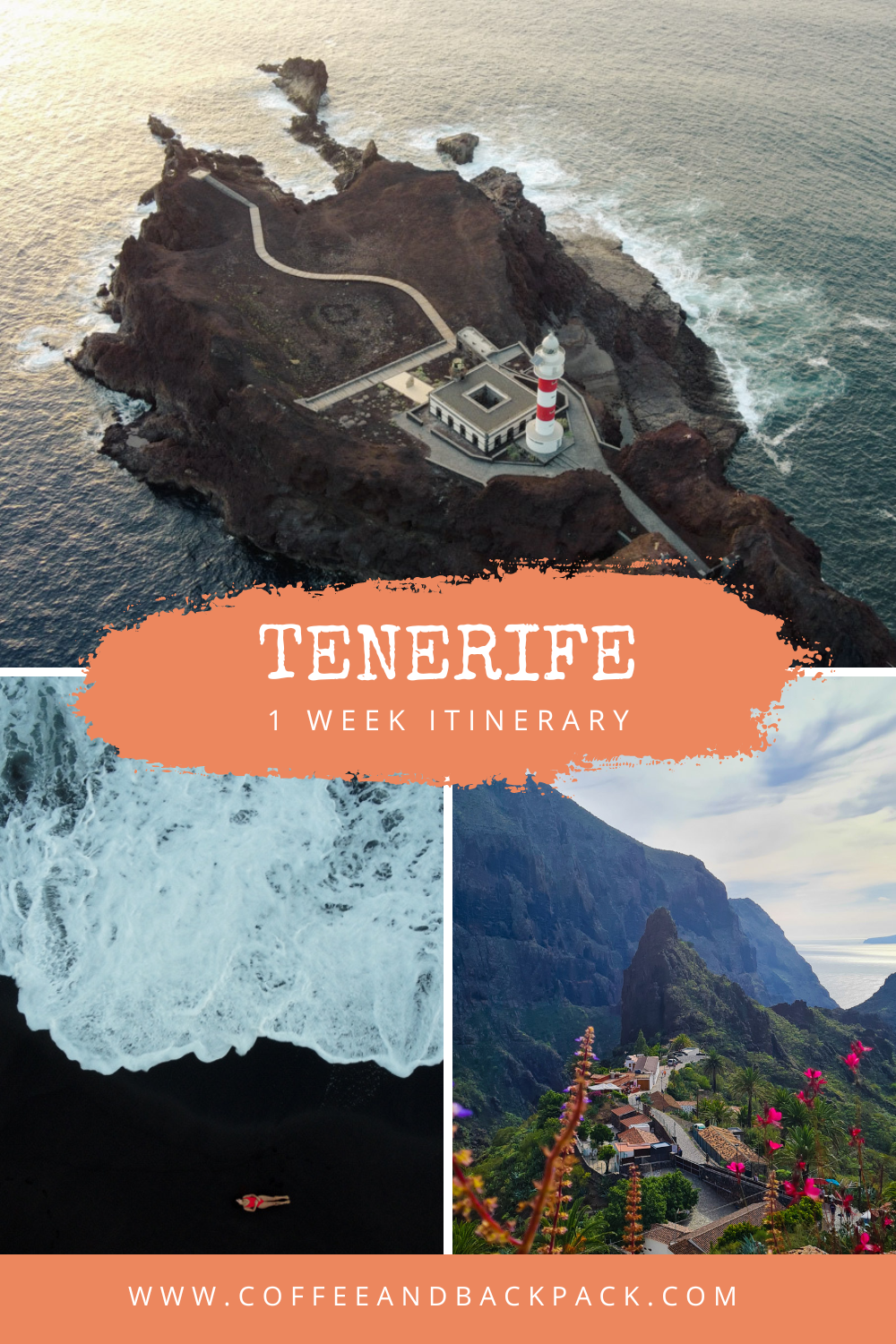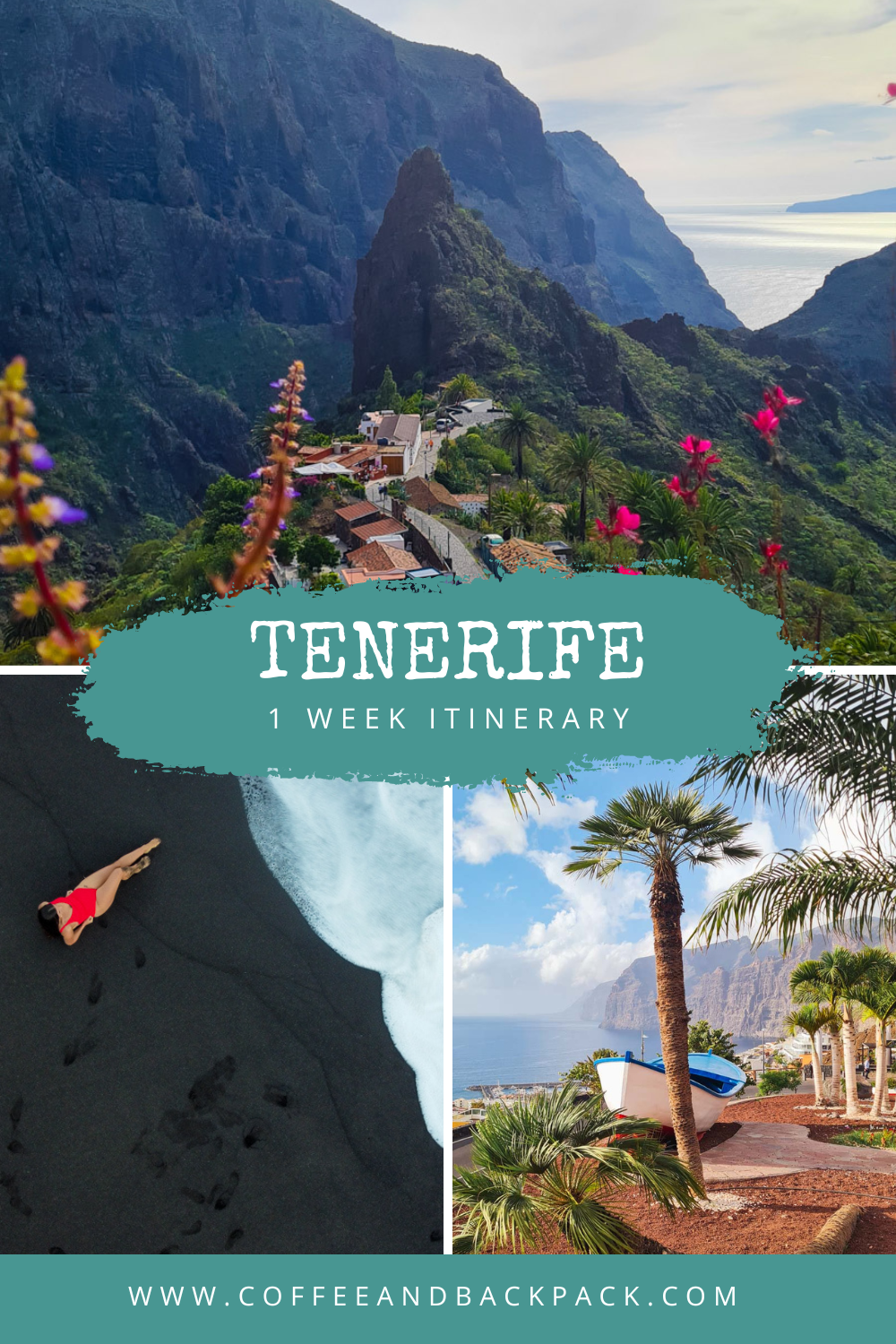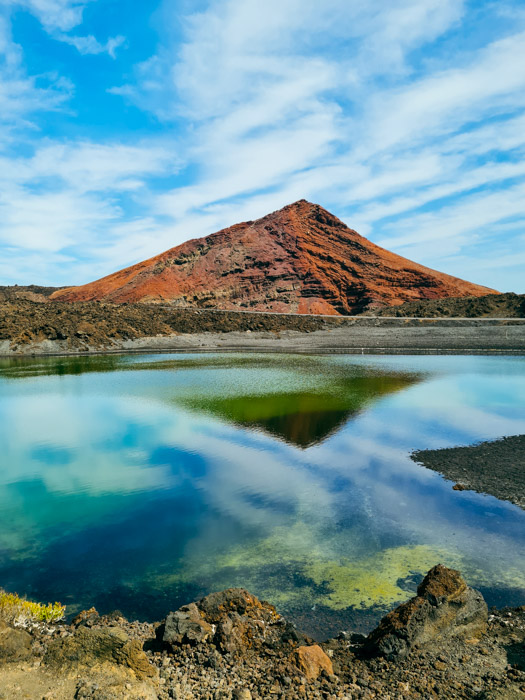Tenerife is one of the seven Spanish islands of the Canary islands archipelago. An incredible island that will satisfy both nature lovers as well as those looking for a relaxing time on a heavenly beach. This 6-Day itinerary will take you through the island from East to West, through its volcanoes, lunar landscapes, lush forests and black sand beaches. Happy reading and Bon voyage!
Good to know before traveling to Tenerife
Budget
Any of the Canary Islands are overall an affordable destination. The cost of living there is not very high compared to France or Ireland (where we live). However, it is recommended to book your flights in advance, or simply at the right time, as flight prices can quickly exceed 800 euros for a return flight over certain periods. As the Canary Islands benefit from a mild to warm weather all year round, it is a popular destination in winter, hence the high flight tickets price during the winter season.
By booking our flights 4 months in advance, we paid 393 euros per person for a return flight.
In Tenerife, we chose to rent an apartment rather than going to a hotel. The cost was 197 euros for 10 days of accommodation, which is just 20 euros per day for two people.
We also rented a car for the entire stay for a cost of 170 euros.
Driving in Tenerife
It is advised to rent a car in Tenerife so that you can be free to explore the island as you wish. The main attractions on the island are accessible with public transport, or bus tours, which will save you the trouble of finding a parking space (it can be a real challenge in some places). Nevertheless, we chose to rent a car while we were there so that we could make the most of our stay. It was very convenient for us as we could travel everyday with our hiking gear and beach towels in the trunk, just in case we might use them during the day.
We rented a car with
OK Mobility with whom we had a good experience. The pick-up was very quick, and so was returning the car. They also offer a shuttle service, from and to the airport, every 15 minutes.
Be aware that it can sometimes be challenging to drive in Tenerife. The village of Masca, for example, is accessible through a very winding mountain road where it is sometimes difficult to pass another car. The roads in the Anaga National Park offer a 360 degree view of the island, however they are also perilous. Some sections of the road are built on ridges, sometimes with a small recess to allow two cars to pass each other. In short, if you are comfortable driving on mountain roads, driving in Tenerife will be no challenge for you. In any case, make sure you have insurance when renting a car, and be careful if you choose to drive in Tenerife.
Where to stay?
For our trip, we chose to stay in the North of the island. As we were interested in spending time at Anaga National Park and around El Teide. We found a base halfway, in the small town of Los Realejos. The north of the island is much less touristy than the south. It has fewer hotels and offers a better overview of the local lifestyle. Next time we travel to Tenerife, we will certainly book an accommodation in Garachico, or in La Orotava, as those two cities are very lively, near the main roads and have the beach nearby. If you plan to relax on a beautiful beach or by the swimming pool during your stay in Tenerife, the south of the island will certainly suit you more.
Day 1 - Icod de los vinos, Garachico & Masca
This first day in Tenerife is dedicated to the North-West part of the island.
Today’s itinerary begins with the discovery of a tree that is nearly one thousand years old. This natural monument is located in the town of Icod de los vinos. This tree, called El Drago milenario, is said to be the oldest and largest dragon tree in the world. Its age is disputed but is estimated to be over 700 years old. El Drago is located in a garden open to the public, however you will have to pay to get close. The free option is to admire it from the Plaza de Andrés de Lorenzo-Cáceres. A nice square with a beautiful white church and a banyan tree. From this square, you can also see a building with a white facade and pretty wooden balconies and windows. These are typical balconies of the Canary Islands. You can spot many of them on the island.
The town of Icod is also home to the Banana Museum. It will be impossible for you to travel across the island without seeing a banana field! This fruit represents an important source of income for the island, which produces more bananas than the other islands of the archipelago. Even if you do not wish to visit the museum, you can have a look around the shop to check the different types of bananas produced on the island.
After Icod de los vinos, drive to Garachico. A charming little town along the north coast of the island where you can stroll along the seafront and through the streets leading to the main square. Garachico is known for its natural pools which were formed during a volcanic eruption in the 18th century, causing many merchants to flee the town after their boats were lost. Today, the natural pools are accessible for swimming, or simply to admire the movement of the waves on the volcanic rocks.
Tip
Hungry? Enjoy a Spanish lunch with a view on the natural pool at
Ca’n’ Aya, one of Garachico's waterfront restaurants.
Continue towards the viewpoint of Atalaya. You will have to go a little higher than Garachico to reach it. From the viewpoint, you will have a breathtaking view over Garachico and can better appreciate the shape of the natural pools.
Continue towards the village of Masca located in the Masca valley. We went there on a Saturday afternoon through the road which starts from the city of Santiago Del Teide. The road between these two towns is only 5.5 km long, however it will take about 40 minutes to reach the village of Masca. The road is very winding and on the mountainside. It is difficult to pass other cars in certain places. Drive safe or go to Masca with one of the buses that departs from Santiago Del Teide.
The Village of Masca (or the lost village of Masca as it is also called) is located 750 meters above sea level, and was founded by the Guanche population who were the first inhabitants of the island before the arrival of the Spanish settlers. Today, the village only has 90 inhabitants.
Masca is one of the most beautiful places on the island. From the car park, you can already admire the valley, the village and even see the island of La Gomera.
Masca also has a black sand beach named Playa de Masca, which is only accessible by boat, or on foot, through a hiking trail that starts from the village. We were lucky enough to do this beautiful hike during our stay in Tenerife.
Tip
If you wish to know more about this incredible hike, click
here to read our full article about
El barranco de Masca.
Before leaving Masca, make sure to stop at the Mirador de Hilda and Mirador del Baracan to enjoy another great viewpoint over the Masca valley.
To close this first day in Tenerife, we initially wanted to go to Punta de Teno to watch the sunset. Unfortunately for us, the road leading to the lighthouse was closed for some reason. We were advised by the ranger looking after the road to walk to the lighthouse. Now, walking to the lighthouse by road is absolutely dangerous as the road passes through long unlit tunnels. The road is just not suitable for pedestrians. We chose to try again another day, and ended the day at the Buenavista lighthouse, another lighthouse not too far from Punta de Teno. We found this lighthouse to be quite original with its open staircase.
Day 2 - Anaga, Playa de Benijo & San Cristobal de La Laguna
This second day in Tenerife is dedicated to the North East part of the island, starting with Anaga National Park.
Anaga covers the entire eastern part of the island, from north to south. If you dream of green mountains and wild forests in the mist, Anaga is the place for you.
We started the day with a beautiful view of the majestic El Teide, the highest point on the island, at Mirador de Jardina. If you are curious about El Teide, just scroll down as an entire day on this travel guide is dedicated to El Teide National Park.
And how not to be fascinated by El Teide? It is the Canary Island's most iconic volcano and highest peak in the Atlantic Ocean!
Start the day with a nice hike called the trail of the senses. This is one of the most popular hikes in the Anaga National Park. It has the advantage of being very accessible, as it is quite a short hike with only very little elevation. It starts directly from the car park and loops through a laurel forest. We did it in 45 minutes, taking our time for photos and admiring the view of the south side of the island. On the trail, there is a small viewing platform. You don't need hiking gear for this trail, however it is recommended to wear shoes with a bit of a grip. The forest is often in the mist and consequently humid. Some parts can be very slippery.
It is also recommended to be there early as the parking lot fills up very quickly. We were there around 9 am and it was just fine.
After this little warm-up, drive to one of the most beautiful beaches on the island, Playa de Benijo. Drive safe as the road to Benijo is quite fabulous, but challenging! The roads in the Anaga National Park offer breathtaking views of the mountains and the ocean, nevertheless, they can be very narrow and even experience rockslides from time to time. However, just like the Masca Valley, it is all worth it!
Be aware that it can be difficult to park near Benijo beach, so be prepared to scan the surroundings for a parking space, and to squeeze into the smallest available spot near the beach. Once again, it is better to be there early to avoid struggling too much, or to combine the visit to Benijo with a lunch in one of the restaurants by the beach, to benefit from their parking.
Before enjoying the beach, we took another hike, a little longer this time, starting from the Mirador de Benijo and up till the village of El Draguillo. The cliff-hugging rocky road going to the village is also the hiking trail here. It offers the most spectacular view on the island's north side cliffs.
It takes about 45 minutes to reach the village from the mirador’s parking. This path is quite accessible as it is mainly flat. It only goes up at the end to access the village. It is possible to continue the hike beyond El Draguillo, however the path is difficult to find as it gets very rocky.
Take the time to enjoy Benijo beach. As it is quite difficult to access, you might not come back to Benijo during your stay in Tenerife. We loved this volcanic black sand beach and its erosion spurs on either side of the beach. Swimming there was even more pleasant after the hike.
After Benijo, drive to the city of San Cristobal de la Laguna. This city was once the capital of the Canary Islands, and is now the second most populated city of Tenerife.
The city center is very lively, colorful and very pleasant for dining. We walked from the Cathedral to Plaza del Adelantado and then to the Church.
To close this second day in Tenerife, drive south and cross the city of Santa Cruz to admire the sunset from the Mirador de la playa de las Teresitas. The viewing platform has been closed for a little while, however it is possible to park near the mirador on the side of the road and enjoy pretty much the same view as the one you could have from the mirador. If the horizon is clear, you can admire the island of Gran Canaria and the sunset over the mountains of Anaga.
Another option to watch the sunset is from the lighthouse of Punta de Hidalgo. This lighthouse is known for its unique architecture. Unfortunately, we couldn't see it as the road to access it was closed when we were in Tenerife.
Day 3 - Puerto de la cruz & La Orotava
This third day in Tenerife is dedicated to two beautiful cities, Puerto de la Cruz and La Orotava. At sunrise, we went to Punta Brava, a small district of Puerto de la Cruz, built on volcanic rocks and with a beautiful black sand beach called Playa Maria Jimenez. I fell in love with this lively neighborhood and its colorful houses. There is nothing better than starting the day with a swim and a sunrise.
Continue toward the neighborhood of La Ranilla in Puerto de la Cruz. This is the historic city center of Puerto de la Cruz. La Ranilla is full of souvenir shops, restaurants and houses with colorful facades. We walk through the city to reach the Paseo de San Amaro and its famous stairs. On each step is painted the name of a book written by Agatha Christie.
After Puerto de la Cruz, drive up to the city of La Orotava. It is only a 15 minute drive from Puerto de la cruz. The city offers several free and easily accessible car parks which is great.
Once in La Orotava, start by visiting
La casa de los balcones. A house built in the 17th century with a magnificent flowery inner courtyard and carved wooden balconies, typical of the Canary Islands. Admission is 5 euros per adult. It is not possible to visit the interior of the house however all the rooms are visible from the courtyard balconies.
A bit further away, make sure to check the Molino de Gofio (mill). El Gofio is a type of flour typical of the Canary Islands, originally consumed by the Guanches and still widely consumed today on the archipelago. It is a mixture of roasted and stone ground beans.
Next, check la Iglesia Nuestra Señora de la Concepción and stroll through the beautiful Jardín de la victoria, from where you will have a breathtaking view of the ocean.
Tip
For dinner, check out La Bodeguita La Charca. A lovely Canarian restaurant in La Orotava.
Day 4 - El Teide
This fourth day is dedicated to the highest peak in the Atlantic Ocean, El Teide! We can only recommend spending an entire day in the National Park since there is a lot to see. We also advise you to stay there after dusk, till it gets really dark. You will understand why as you scroll down.
El Teide is a volcano that rises to 3,715 m above sea level. You might even see it from the plane when landing in Tenerife. We did and it was epic! It is possible to go on top of this majestic mountain, however, be aware that you will need an authorisation for that, and it can be quite difficult to obtain. Permits to access the top of El teide are free, and can be requested on
this website. There are only a few places available each day. We met locals who were desperate for not being able to book their permit to access the top of El Teide. We were there in October, and the first available places we found were in December.
In addition, you have to be in good physical condition and equipped to get there. Rangers are deployed all around El Teide and on the different hiking trails to make sure you are sufficiently equipped and can climb the summit safely. They might block you on the way to the summit if they believe your equipment is not good enough.
If you do not wish to hike, it is also possible to approach the summit with the cable car.
Start exploring the park with an easy and very accessible hike called Roques de Garcia. This 3.5 km trail goes around several Roques that you can admire very closely. We found Roque Cinchado to be the most impressive. The trail starts right next to the national park parking, close to the visitor center. We did the flat part of this trail as a warm-up, but also because the part down to the lava flow called La Cascada was unfortunately closed. We loved this short hike going through the uniquely shaped and colored rock formations.
Tip
Go to Roques de Garcia quite early as the trail gets very busy during the day.
We continued with another hike, this time a little more challenging and consequently less crowded than the first one. The trail is called
Alto de Guajara. Guajara is the 4th highest volcano on the island.
Climbing it is of medium difficulty and takes about one and a half hours. We did it in 2 hours taking our time for pictures and to admire the view. The path is very rocky but arranged in stairs, which makes the climb easier.
Once at the top, you will not regret the 2 hour climb and will enjoy the most incredible view on El Teide, Pico Viejo and Montaña Blanca.
On the summit of Guajara, you will find the remains of an astronomical observation station. The national park is so preserved from pollution that it is a great viewing platform for astronomers. Hence the choice of two astronomers to settle there to observe comets. If the weather is clear, you can also see the islands of La Gomera and La Palma.
Tip
The climb to the top of Guaraja is very exposed. Make sure you bring sunscreen and water.
This hiking trail was recommended to us in the visitor center as being one of the most beautiful hikes in the National Park, and also a great alternative for anyone who could not secure a permit to El Teide’s summit. We followed the advice we received in the visitor center and went down from the summit through the southern slope. Going down was easier even though the path was sometimes rocky and therefore slippery. The hike ends on a road that will take you back to the visitor center parking.
We walked down the volcano slowly to make sure we would finish hiking at sunset. We watched the sun disappear behind Les Roques. Like a couple of other hikers and star gazing lovers, we stayed until nightfall to watch the stars. We were able to see the milky way very clearly. An incredible show to end this day.
Day 5 - Los Gigantes, whale watching & sunset at Punta de Teno
Today is dedicated to the cliffs called Los Gigantes (the giants) and the nearby area. Los Gigantes is a very appropriate name for those majestic cliffs that are 800 meters high. They are so imposing that you will see them from the road that leads to the city also called Los Gigantes. Their dark color, due to their volcanic origin, makes them even more impressive as they face the ocean. A natural monument that deserves a full day in this travel guide!
When going down to the port of Los Gigantes, make sure you stop at the Mirador Archipenque for a first viewpoint on the cliffs.
The temperate and deep waters around the Canary Islands are very favorable for marine mammals, which is why you will find a great offering a Whale watching tours in Los Gigantes. Seeing a whale or a dolphin with one of those tours is almost guaranteed if, like us, you choose to give it a try. Most tours last two hours and cost around 25 euros, which is a very good price for this activity. We were able to see pilot whales including a baby (no dolphins unfortunately), sail along the cliffs and swim near Masca beach.
After the boat tour, take a dip on another magnificent black sand beach which offers a unique view of los Gigantes, playa de los Guios.
At the end of the day, we decided to go back to Punta de Teno, hoping the road would be open this time. Luckily the road opened at 7 p.m. that day. We joined the queue of cars which, like us, were just waiting for this road to open.
Located at the western end of the island, Punta de Teno is known for its lighthouse overlooking the Atlantic Ocean and erected on an old volcanic massif. This part of the island is so well preserved due to its isolation. Punta de Teno is also one of the most beautiful places on the island to admire the sunset.
Day 6 - Playa de las teresitas & les pyramides de Guïmar
This last day in Tenerife is dedicated to the South East of the island. After several days exploring and hiking the island, it is now time to be in the city and relax on a beautiful beach!
Start the day by visiting the main city of the island, Santa Cruz.
Make sure to visit the market
Nuestra Señora de Africa. This food market was opened back in 1943 and is still today the main trade place of the island. The market is open every day from 9AM to 9PM and from 9AM to 3PM on Sunday.
Next, it’s time to relax and chill at Playa de las Teresitas, located on the south of Santa Cruz. This beach is very easy to access before or after visiting the city of Santa Cruz. Parking is free and you will not struggle to park your car and find a great spot for your beach towel. You can even access the beach by bus from Santa Cruz if you do not drive.
There are many wonderful beaches on the island, whether they are artificial or not. However, we found some beaches quite difficult to access. The Playa Del Bollullo for example. A black sand beach located on the north of the island, not far from Puerto de la cruz. The directions to get to the parking by the beach will lead you to a narrow road where only one car can barely pass. We reached the parking only to find out it was tiny and cost 3 euros. Better to walk to this beach if you have time.
Playa de las teresitas is stress free! It is over 1.3 kilometers long and offers several bars and a great view over the colorful village of San Andrés. A real postcard landscape!
We then went to the city of Guïmar to see its famous pyramids. Their origins remain quite mysterious, nevertheless it is explained that they might have been erected by the Guanche populations as a dwelling. The access to the pyramids is not free, and to be honest we found the basic entry ticket price a bit expensive for what the place has to offer (one adult ticket is 13 euros). I cannot recommend you to go there unless you are really keen on pyramids and absolutely want to see them up close. The entry will give you access to a fairly small botanical garden and some explanations about the origin of the archipelago and the different types of volcanoes that formed the Canary Islands. I believe this information was very interesting, however I could have found them myself elsewhere without having to pay 13 euros for 1 entry.
Tip
On the way to Guïmar, check the city of Candelaria and its basilica. Candelaria is the spiritual capital city of the Canary island due to the marian apparition that took place in a cave located behind the basilica.
Tip
If you choose to visit
Güimar, or if the city is on your way, take the time to dine at a restaurant recommended by several travel guides. I refer to the restaurant of the
Rural Finca Salamanca hotel. This restaurant is located in a former tobacco factory and serves delicious Canary island food.
Like this article? Save it on Pinterest!

